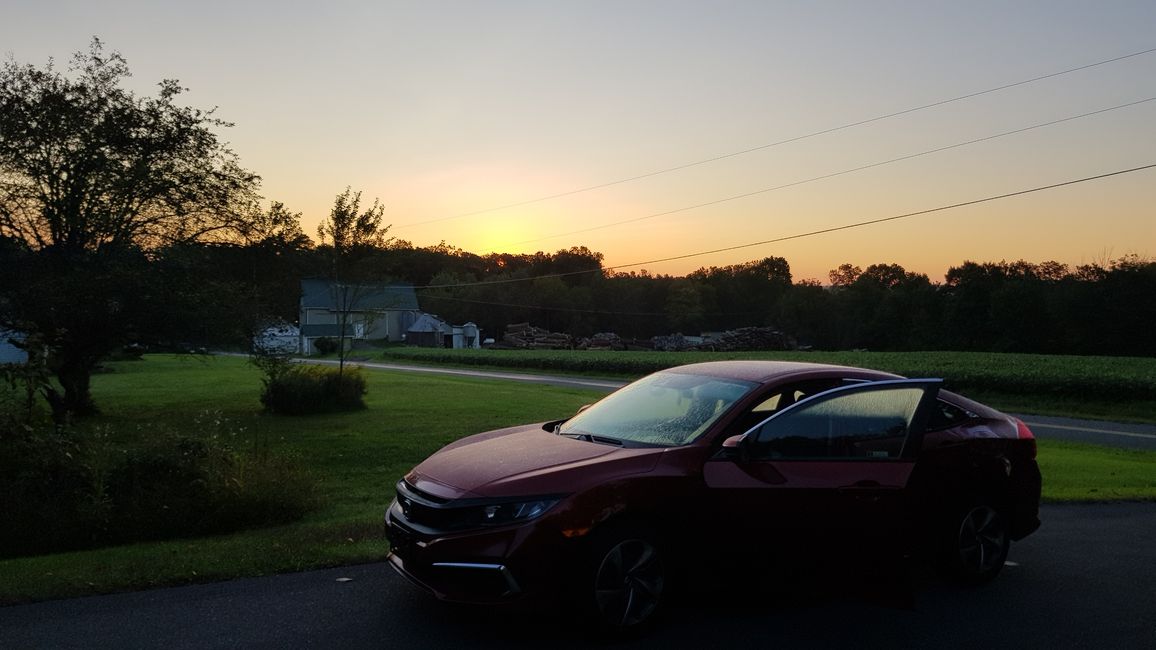Nashville, Tennessee
Imechapishwa: 18.10.2023
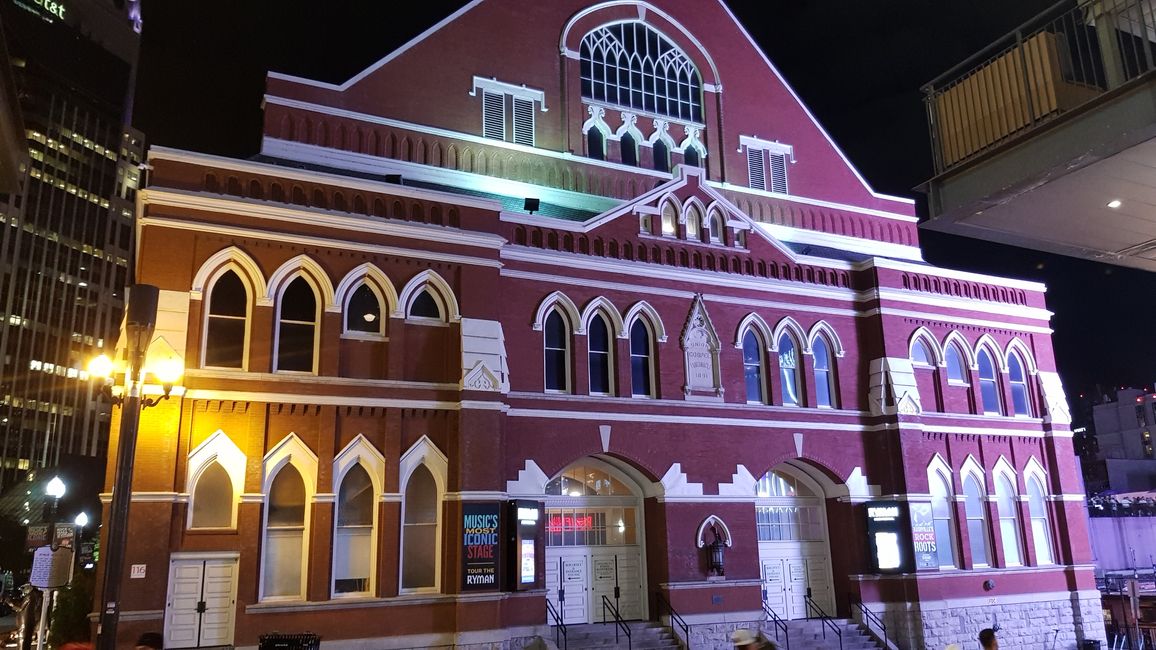
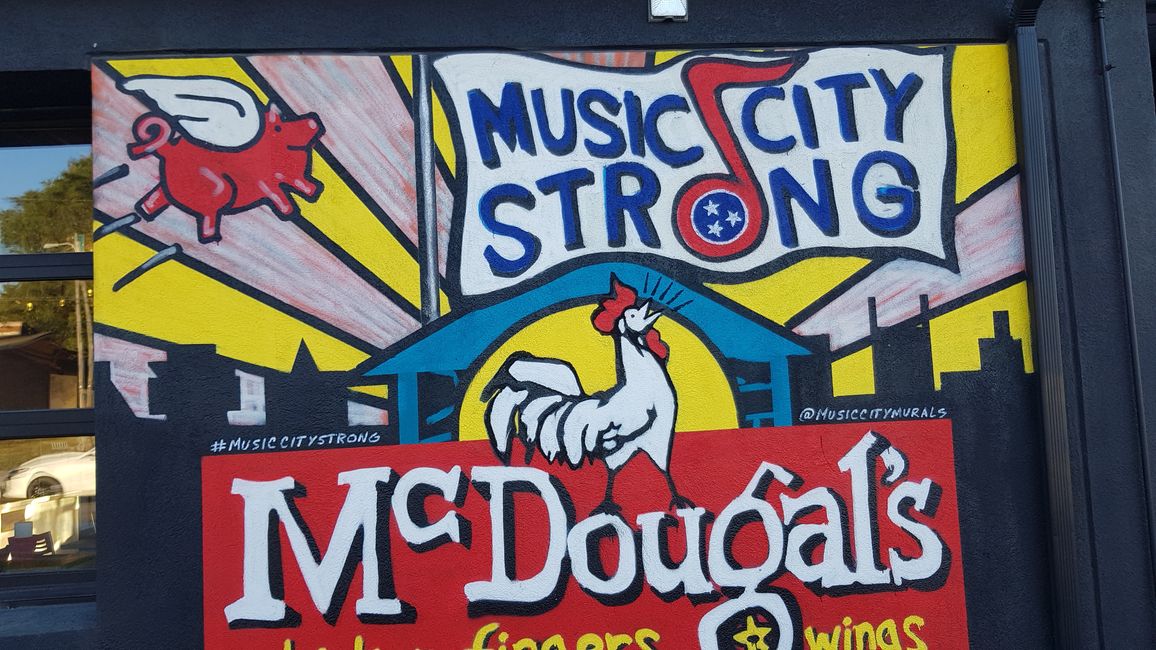
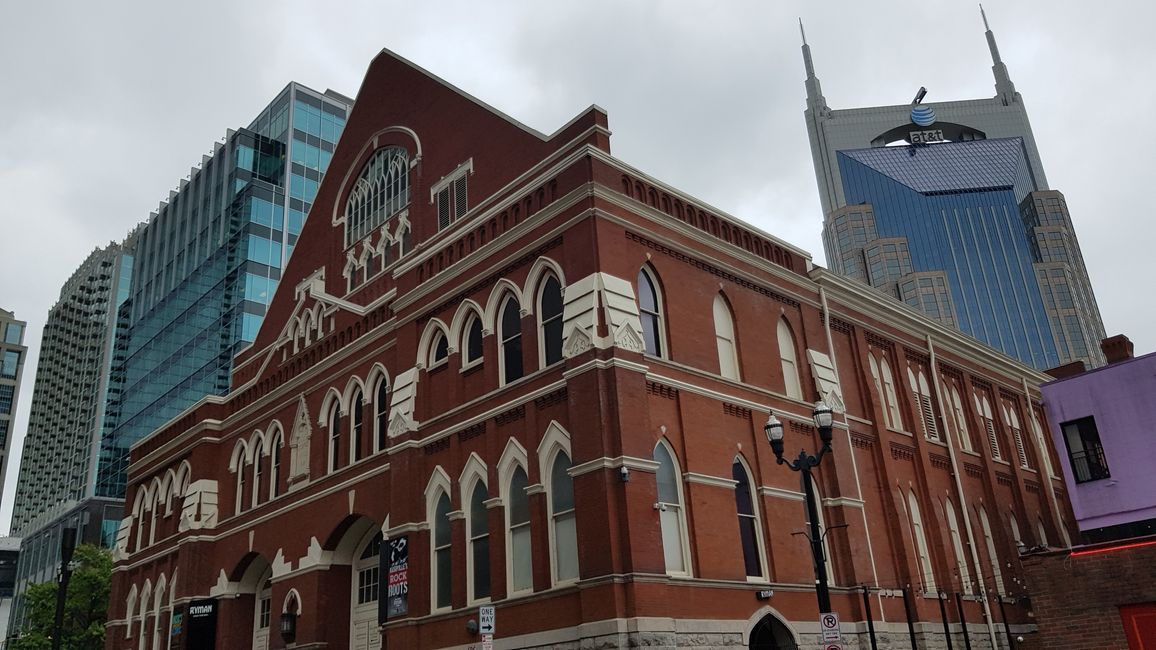
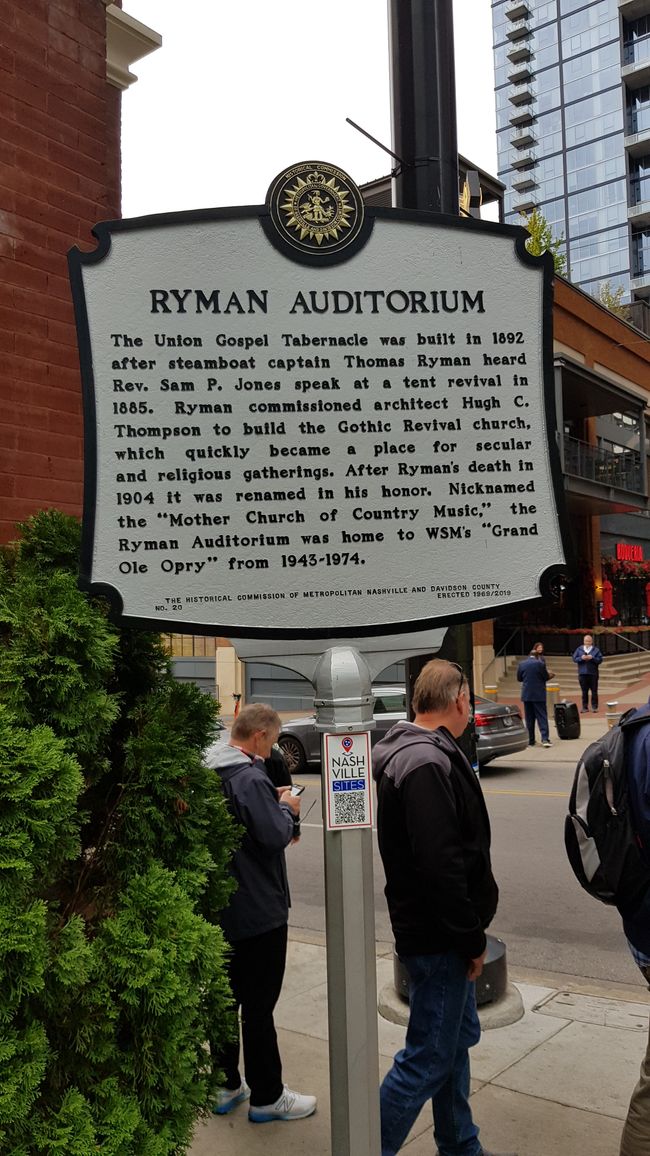
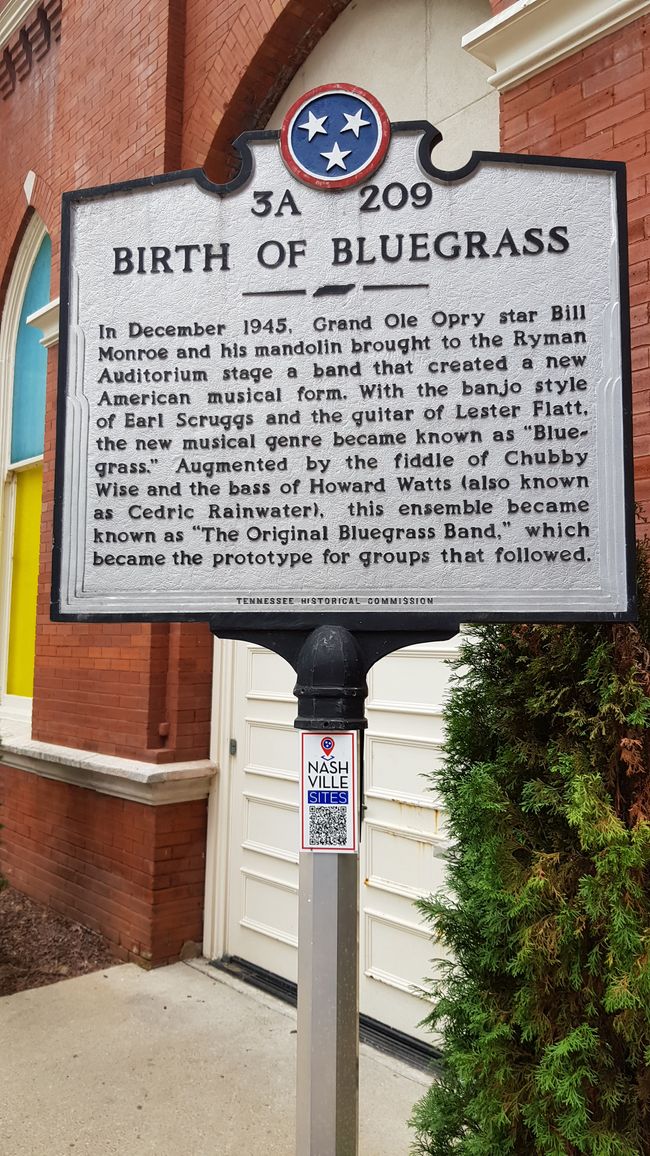
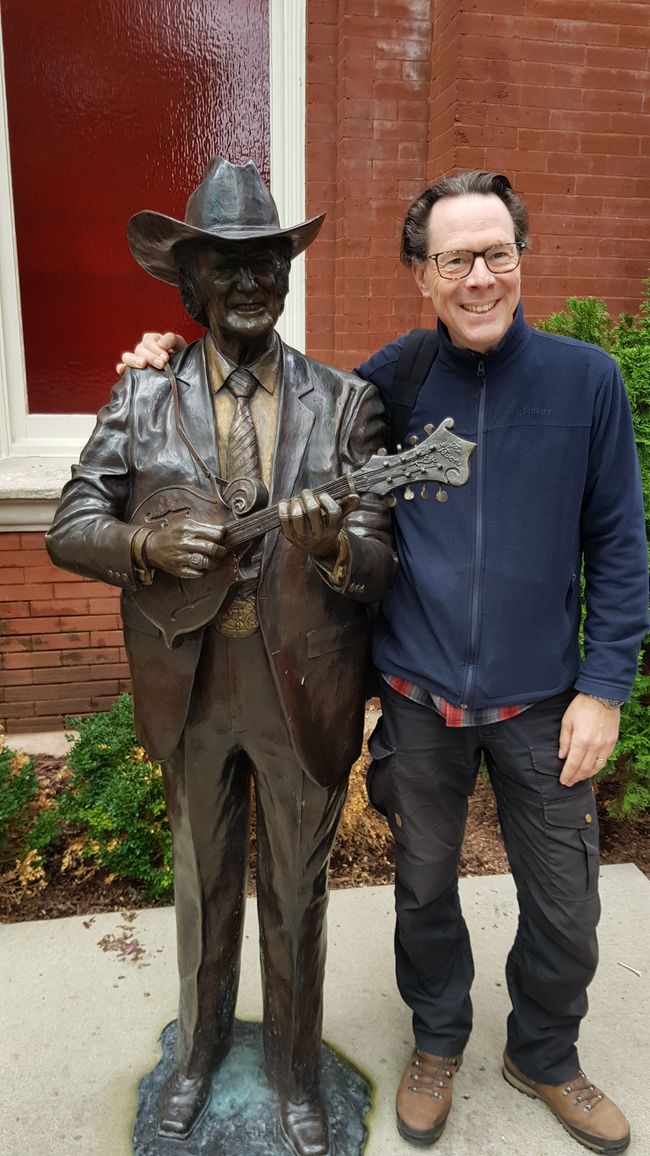
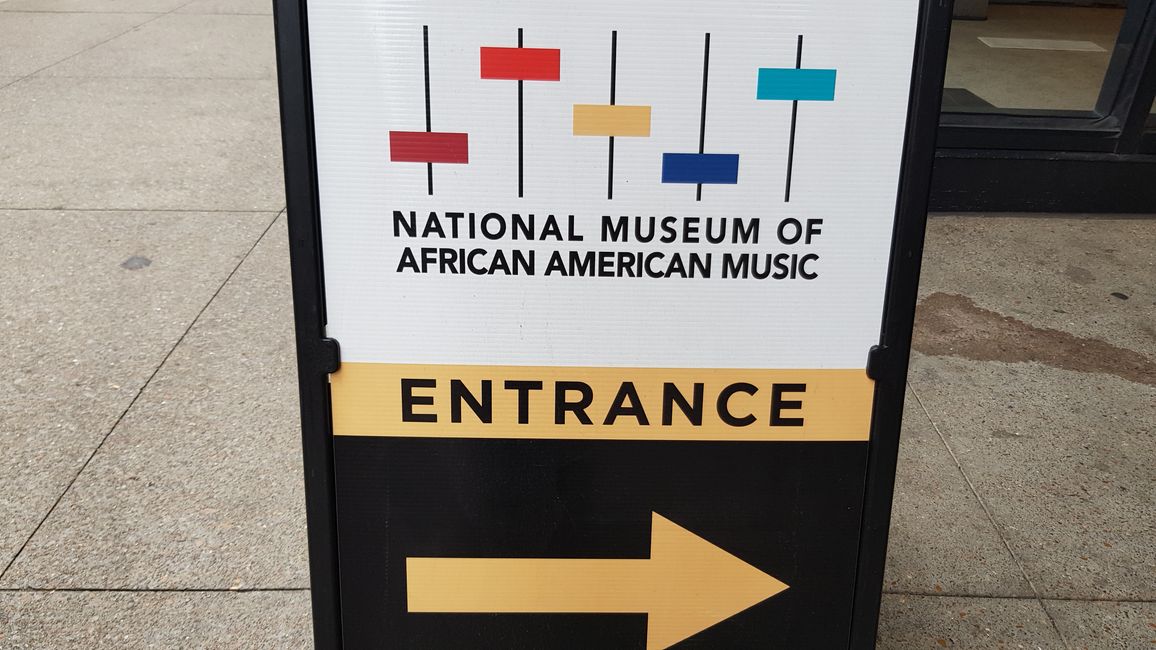
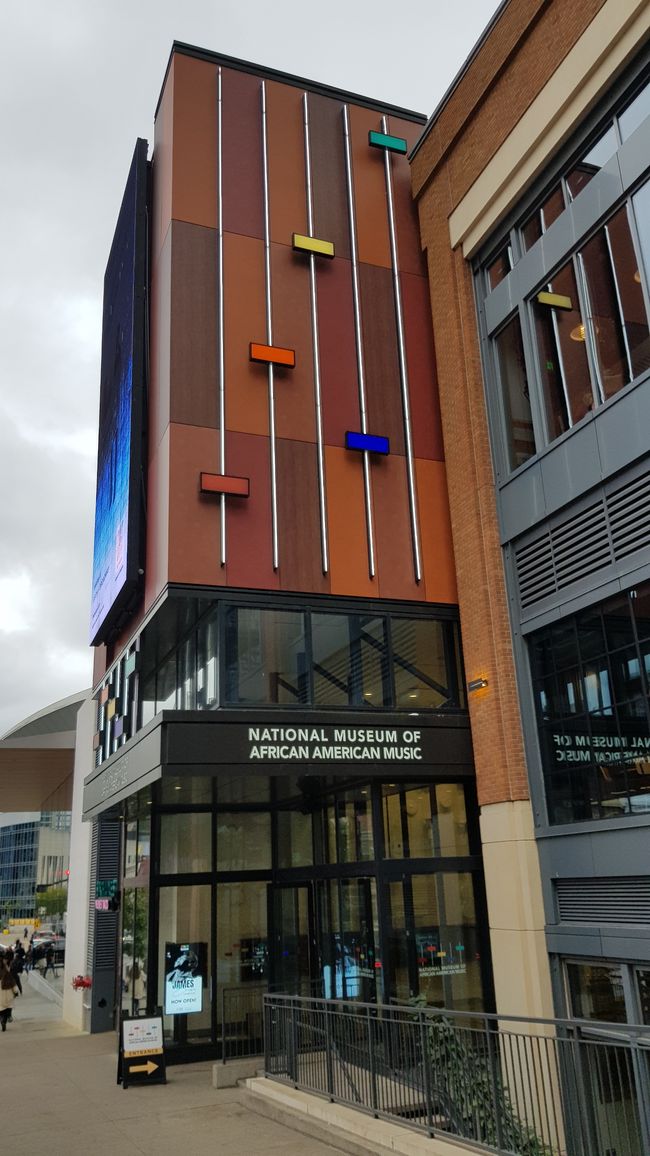
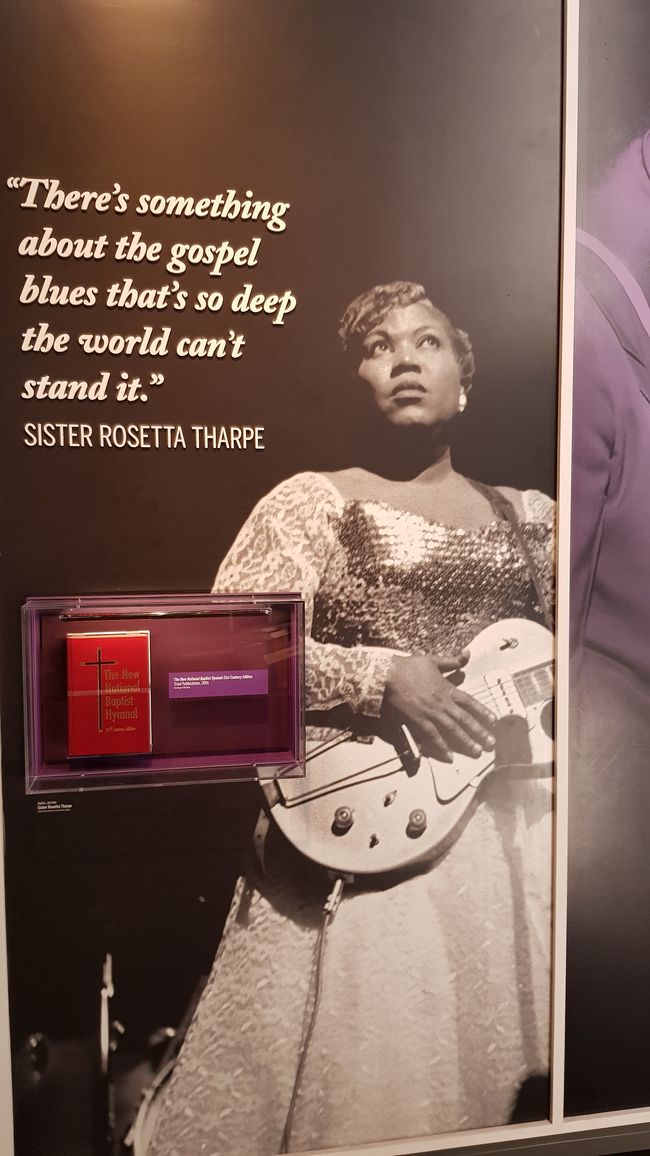
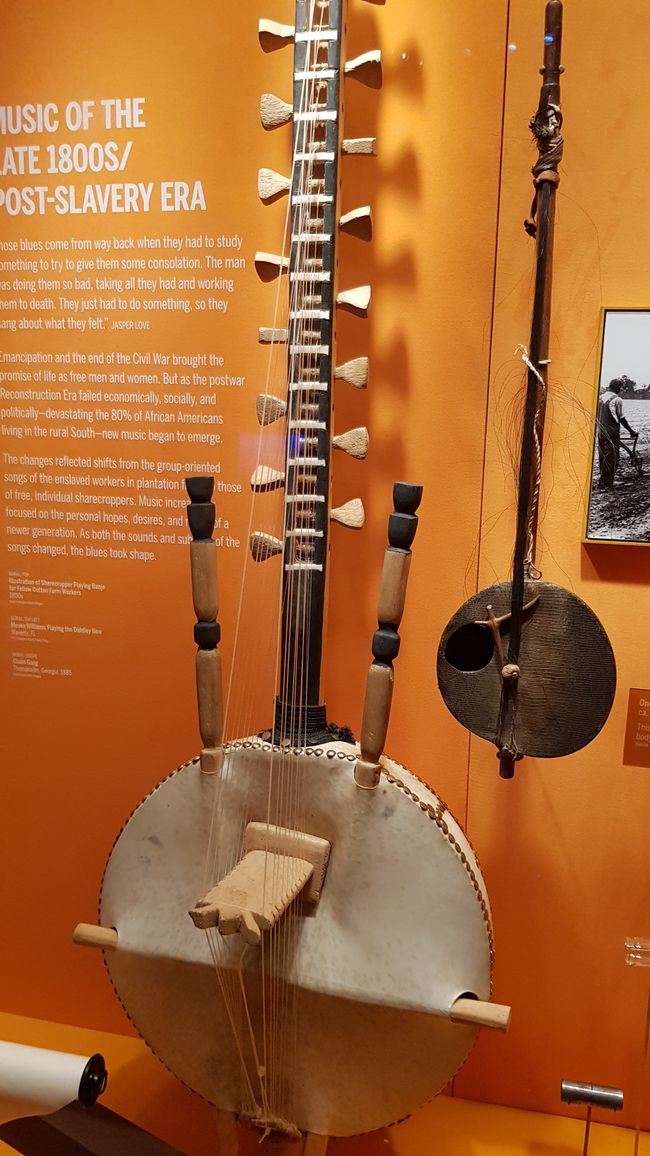
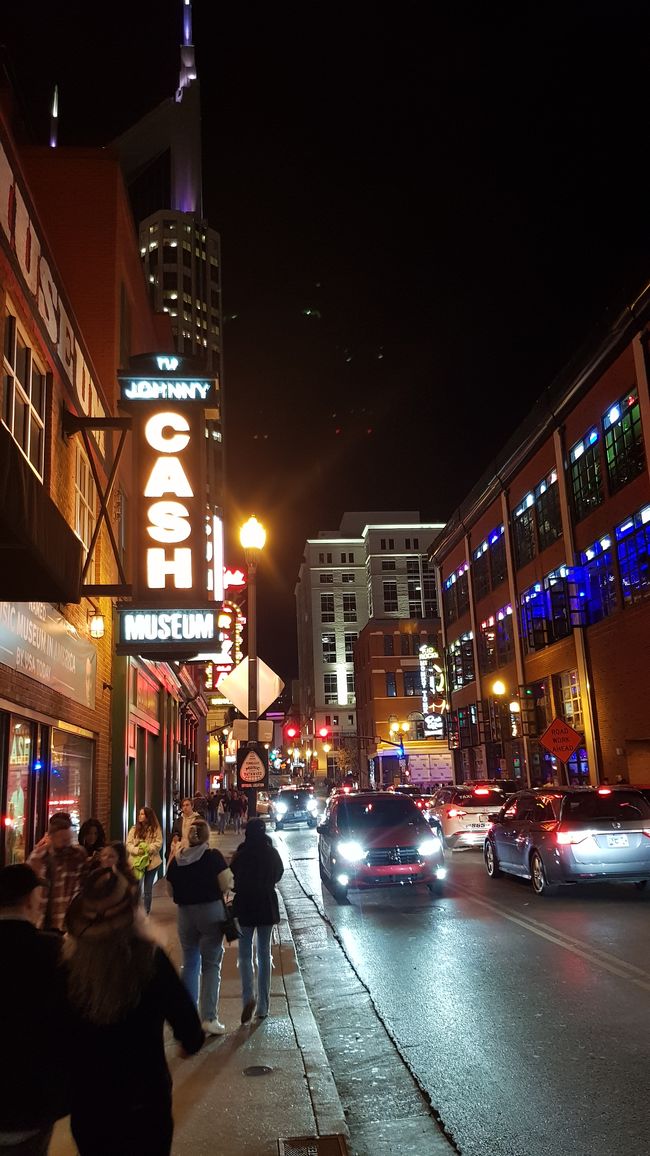
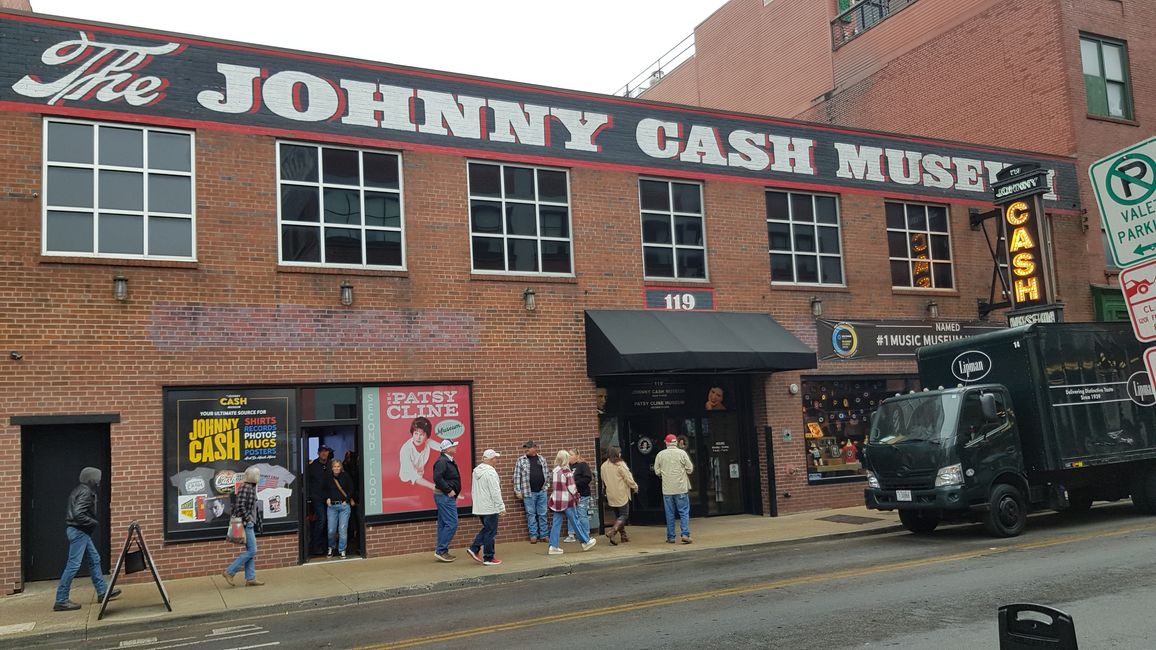
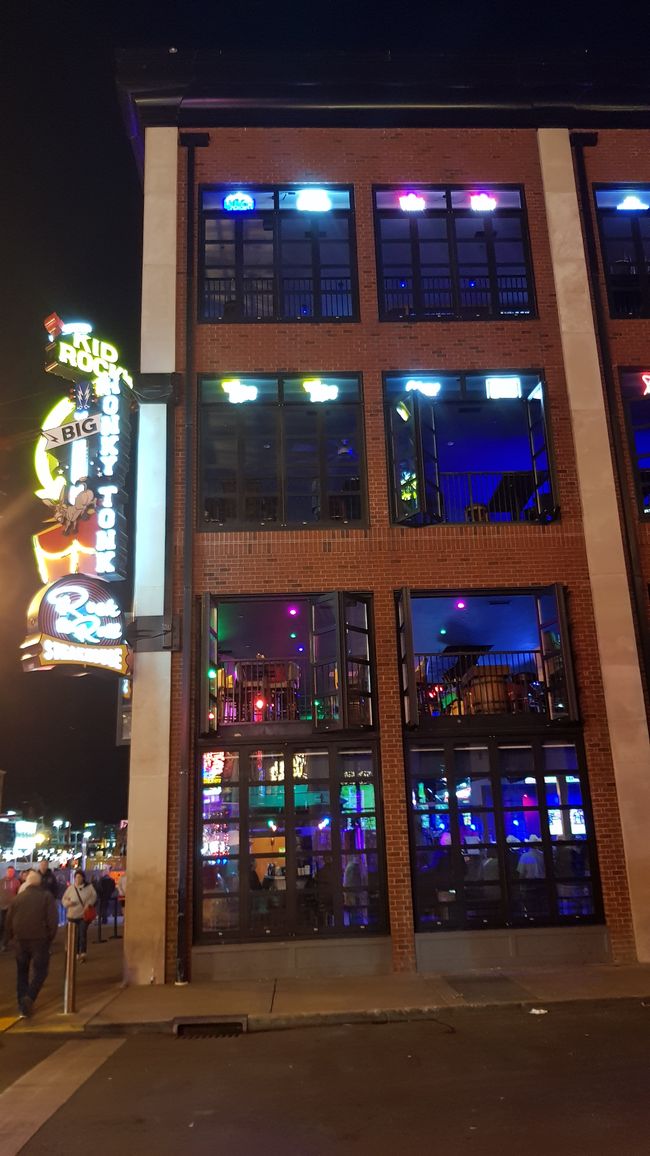
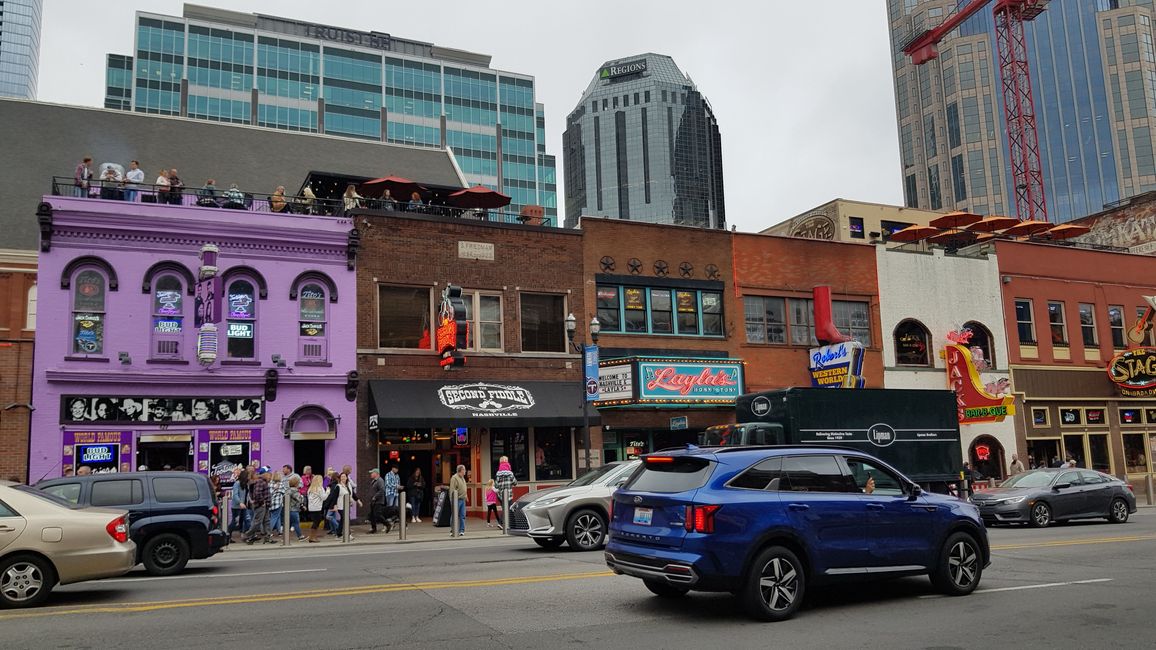
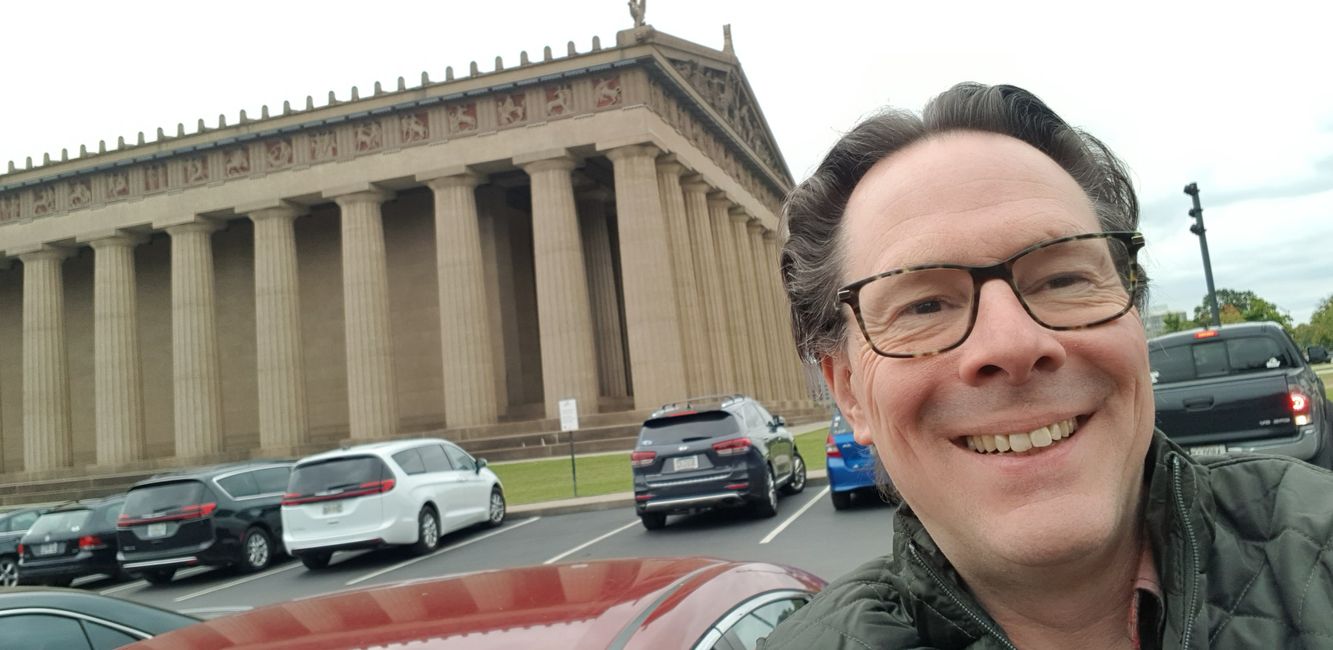
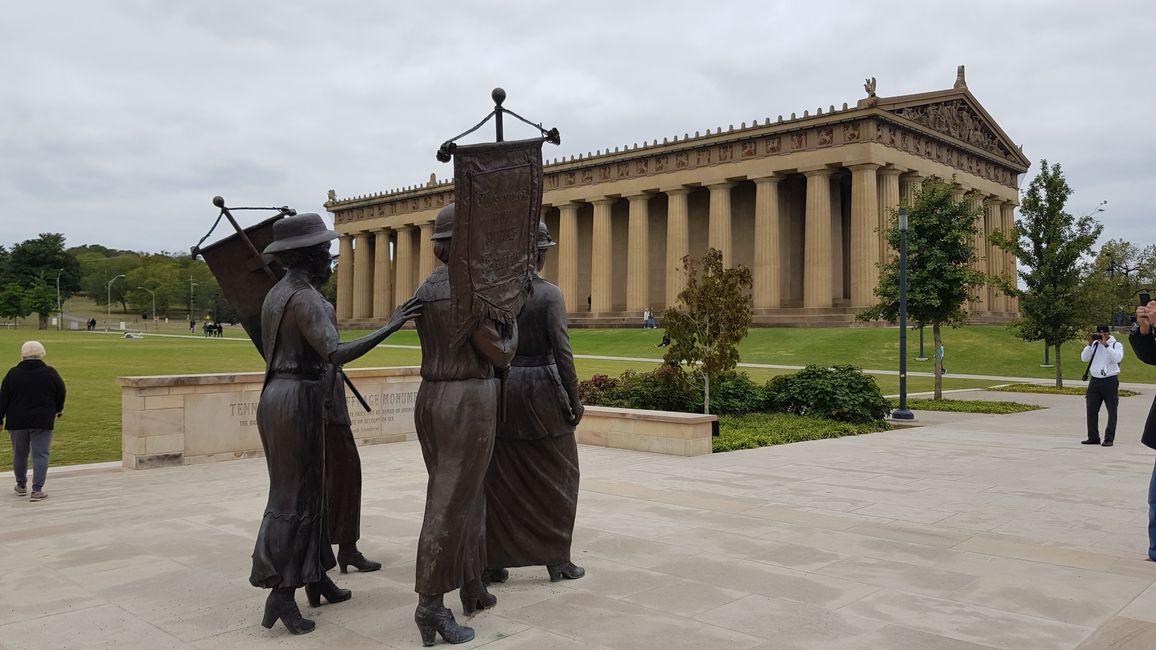
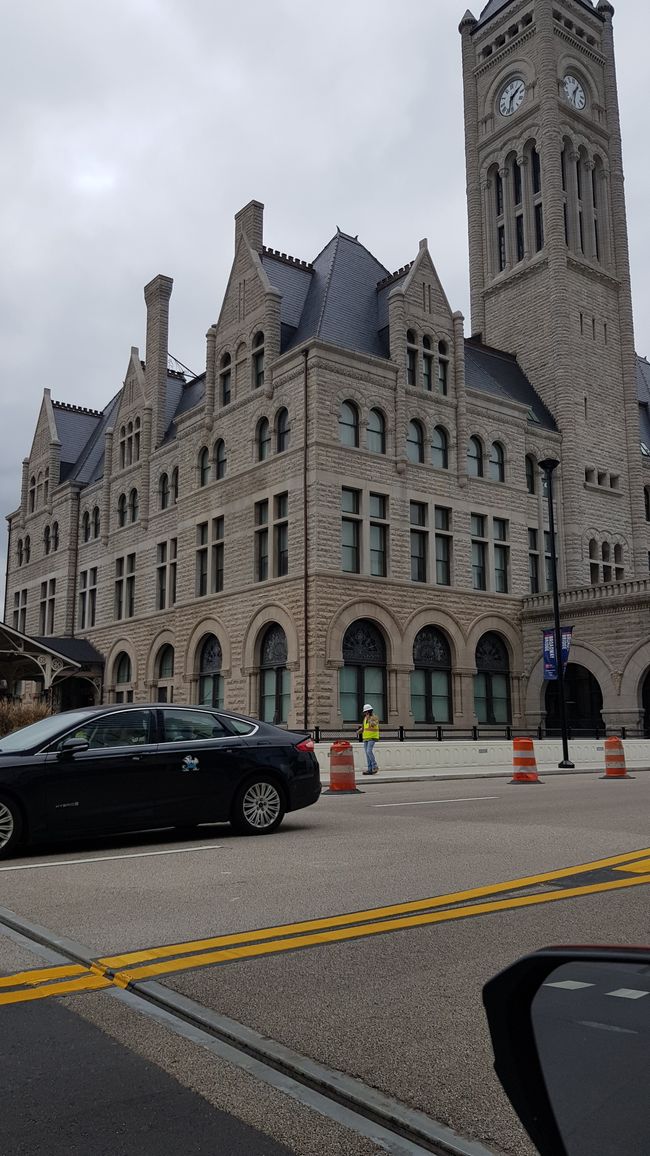
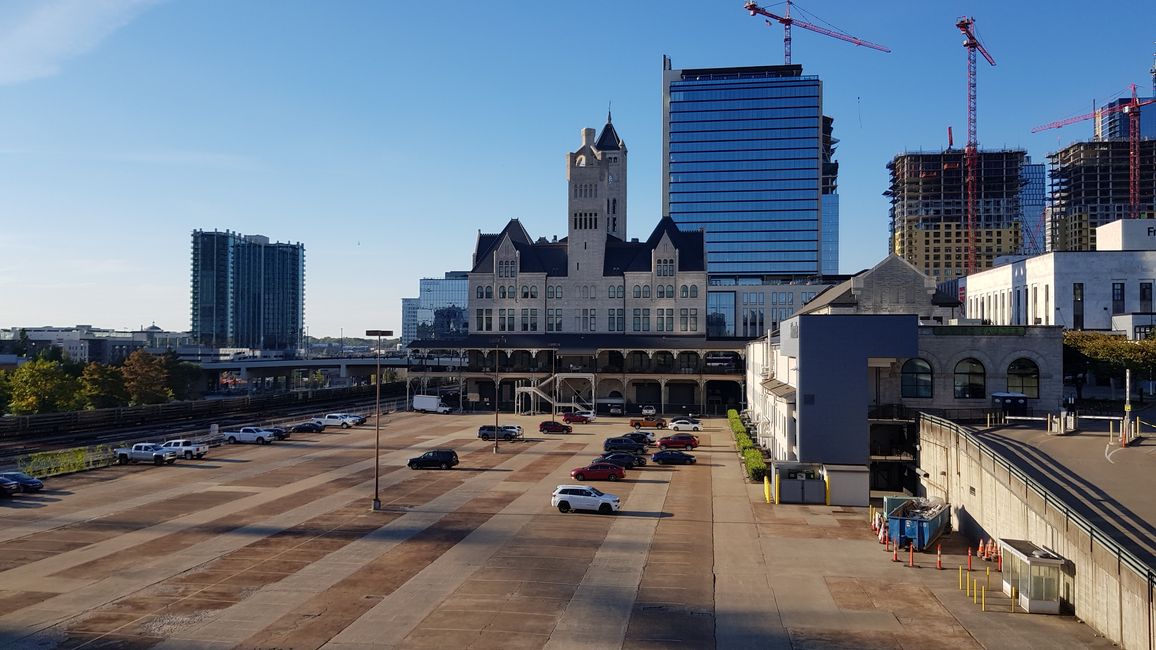
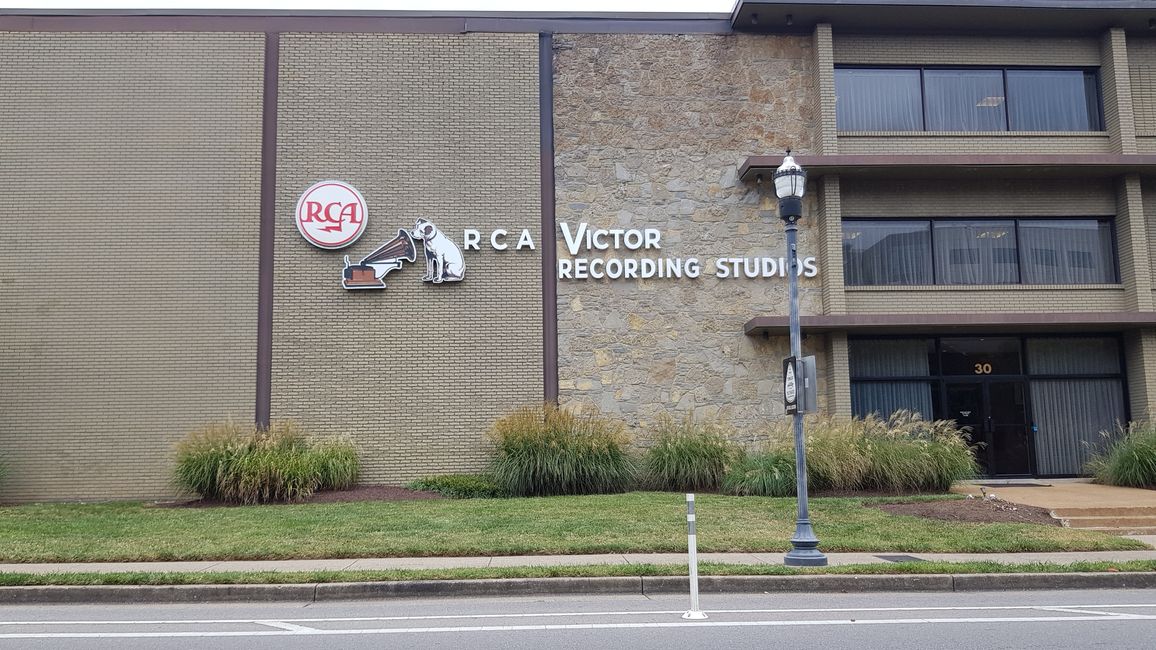
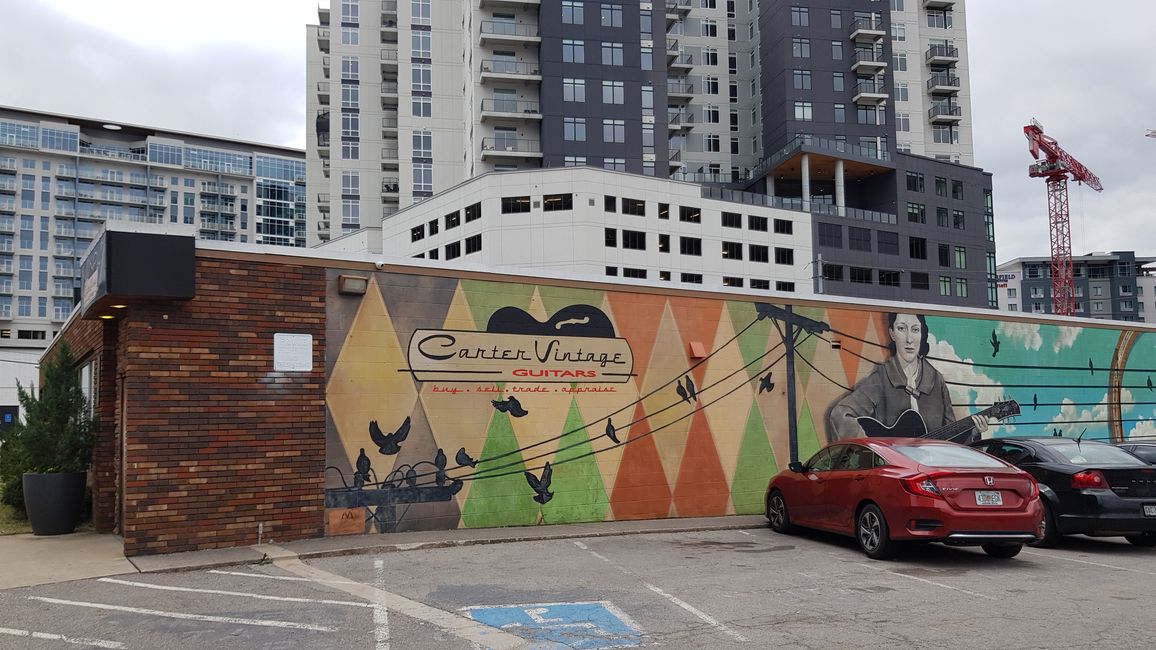
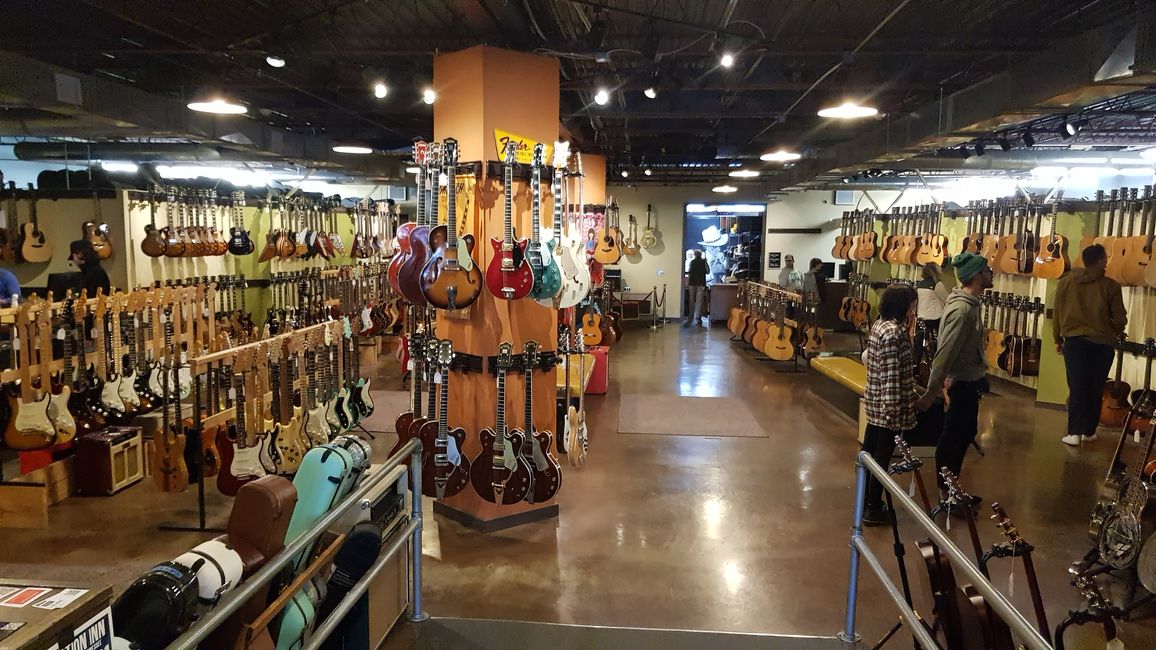
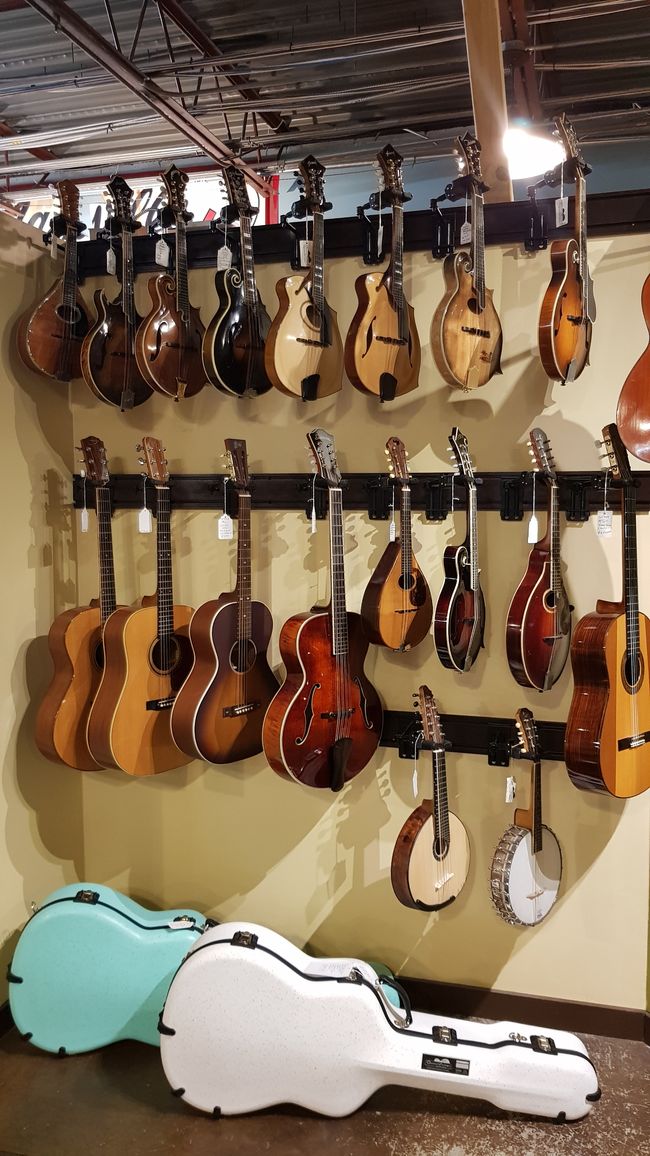
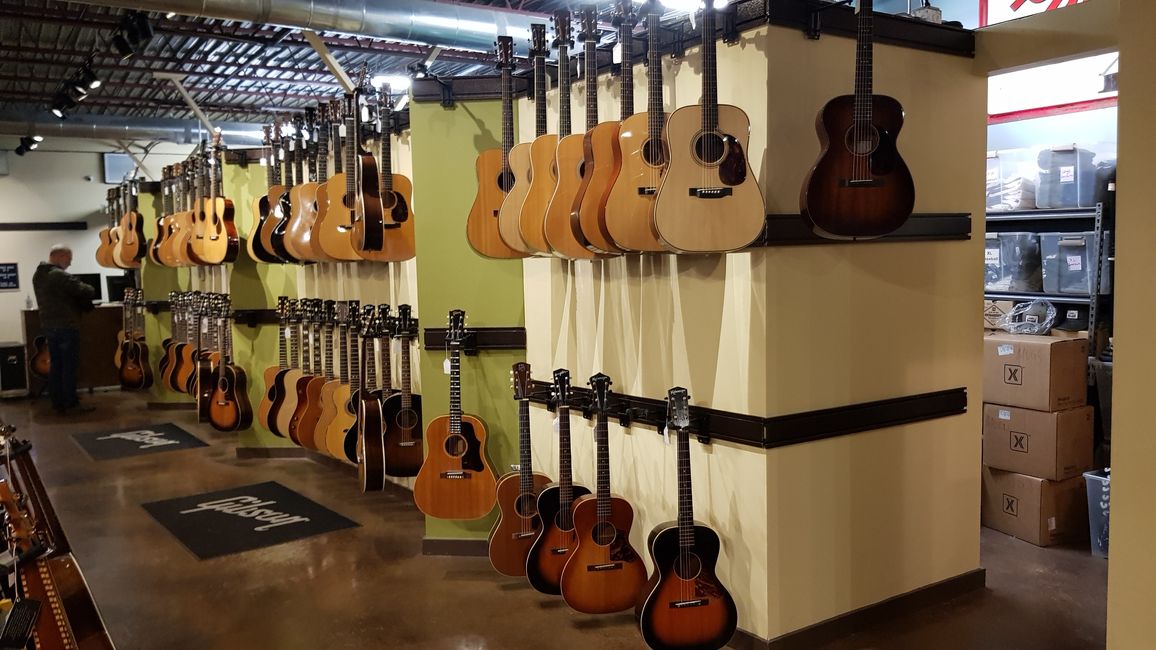
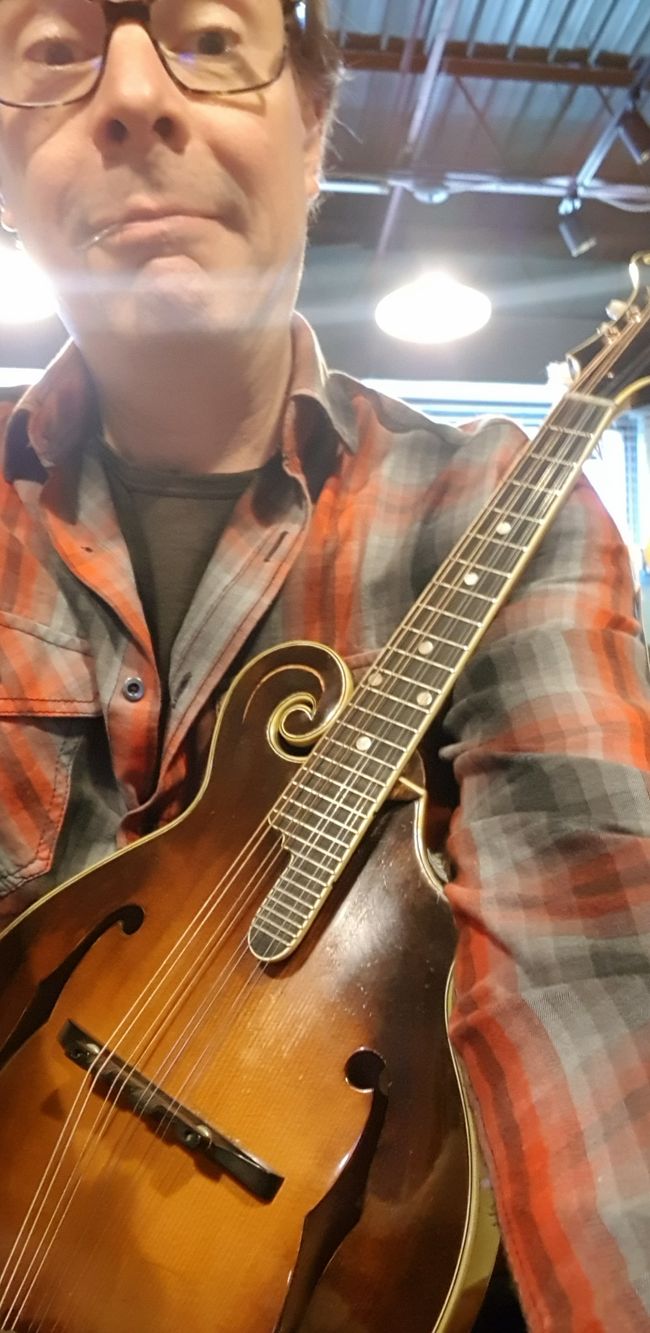
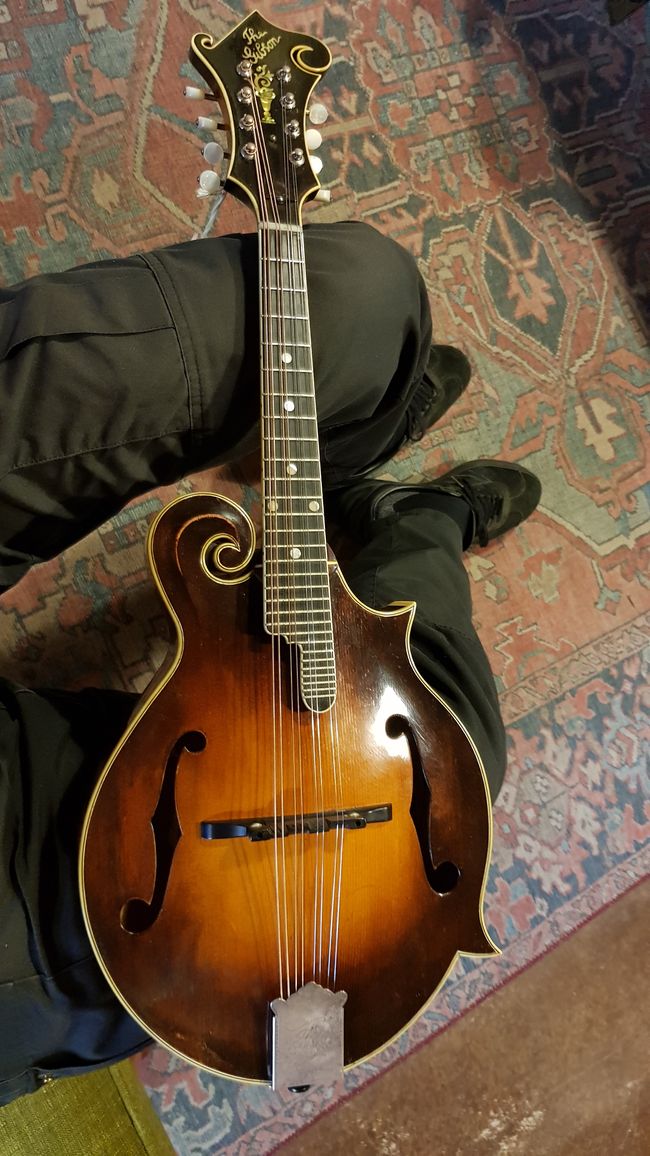
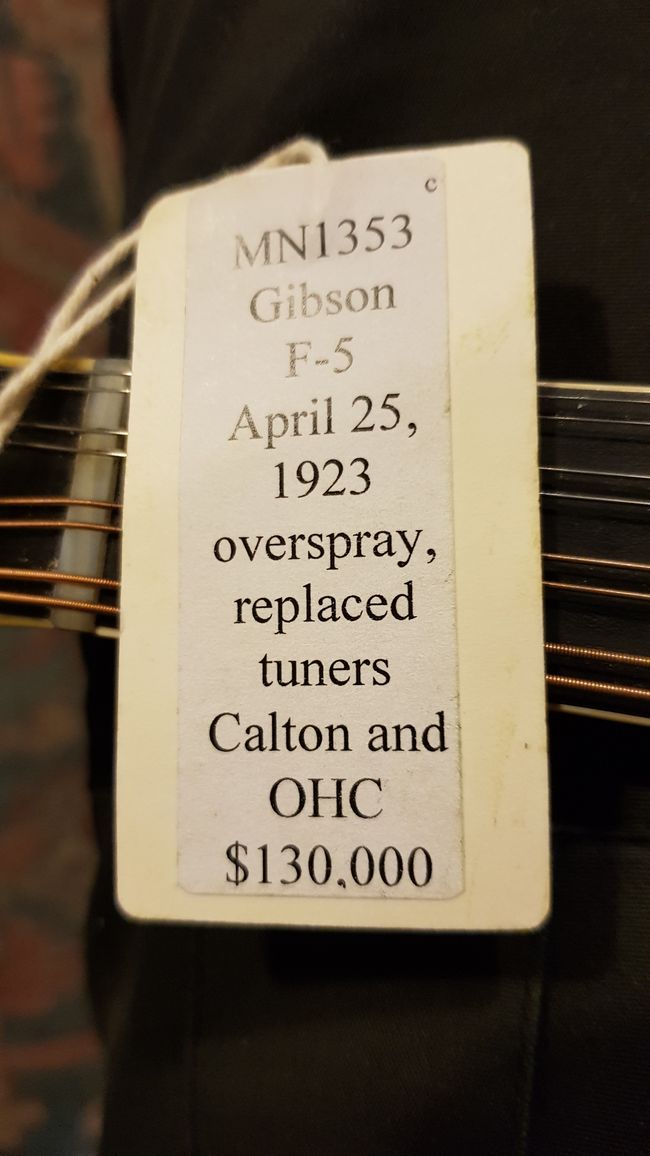
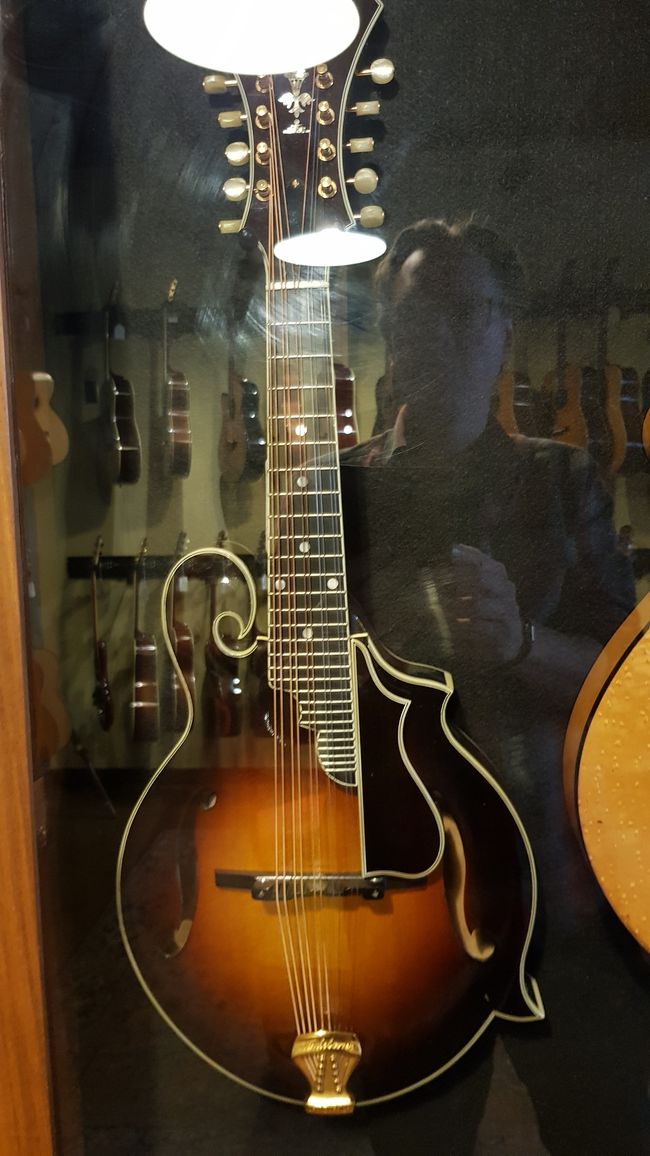
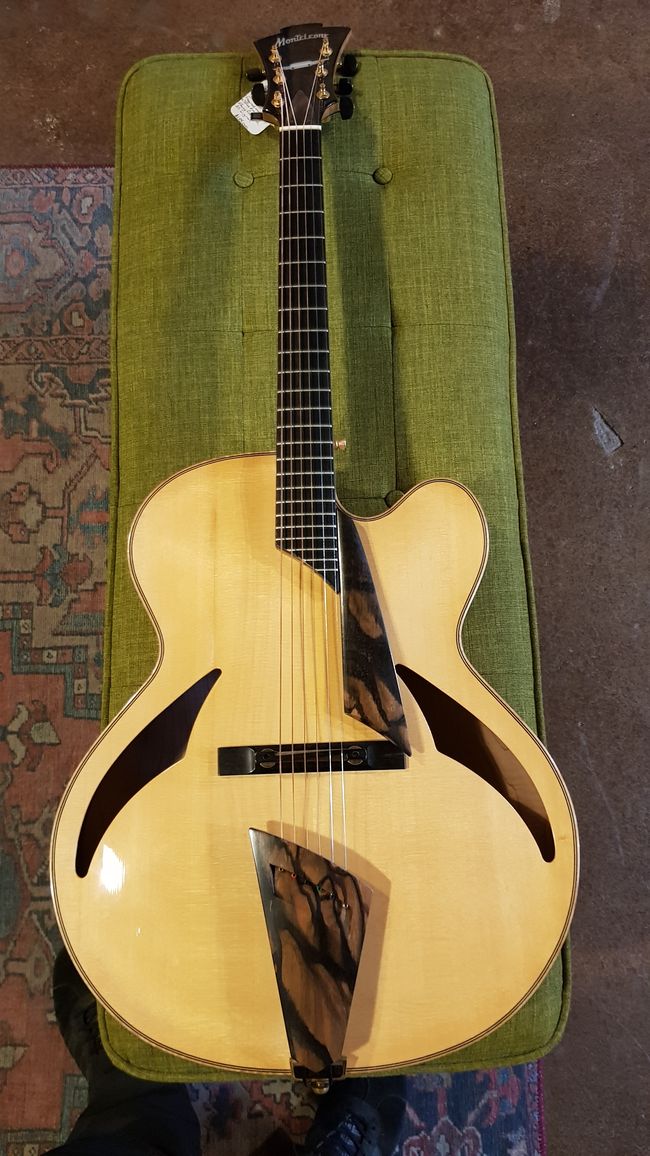
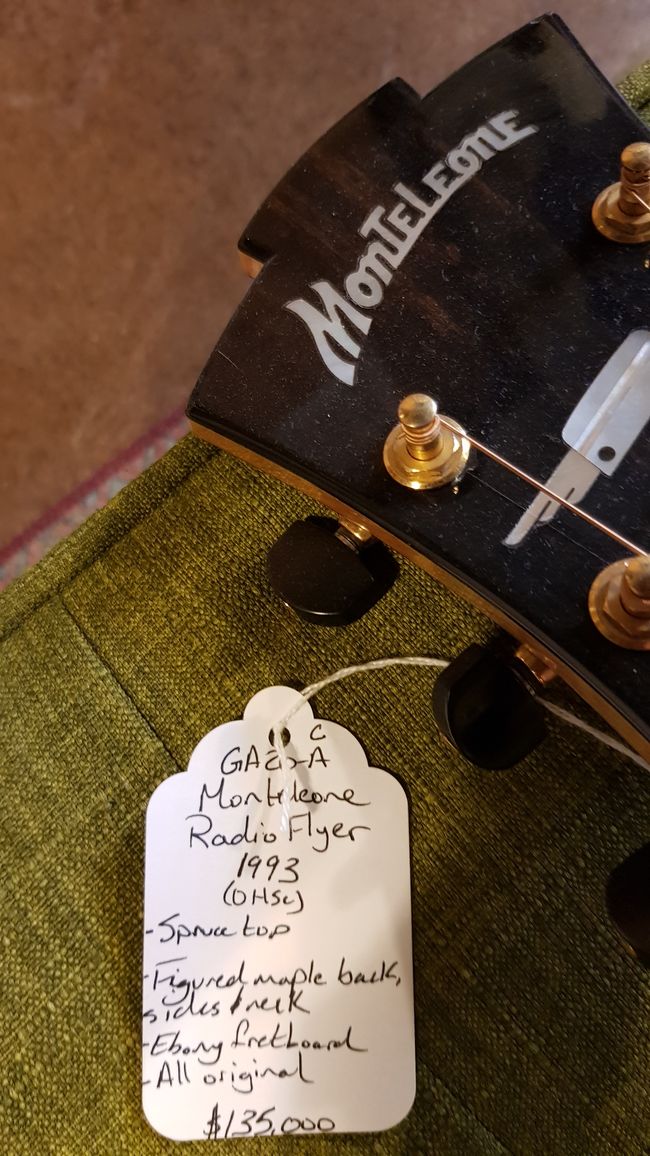
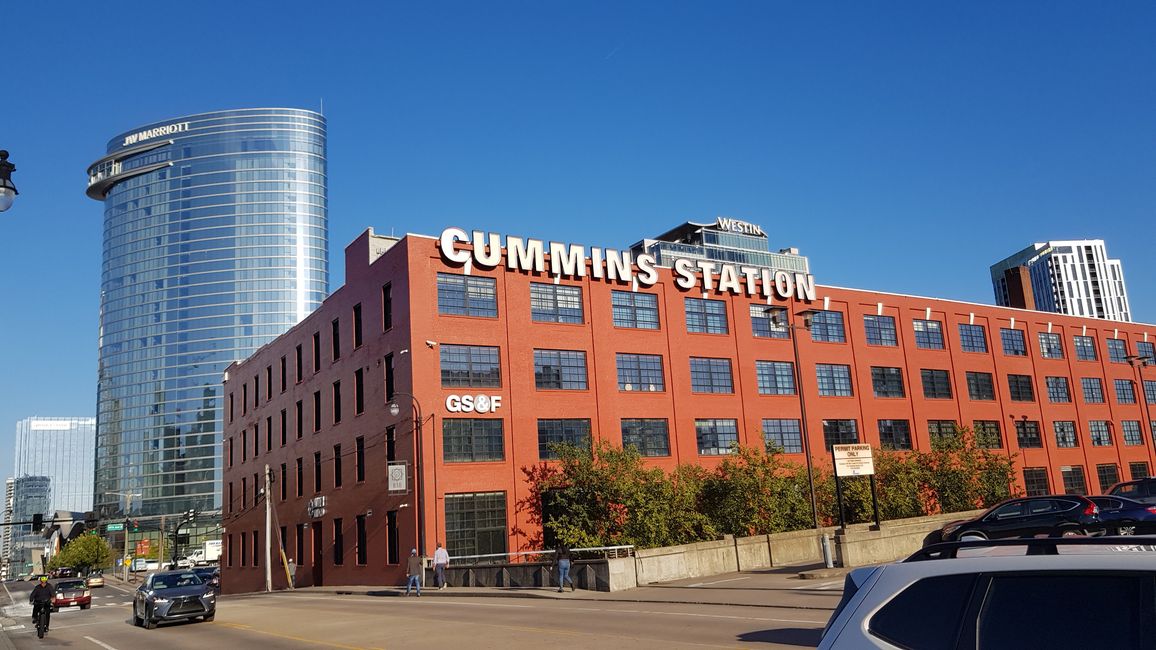
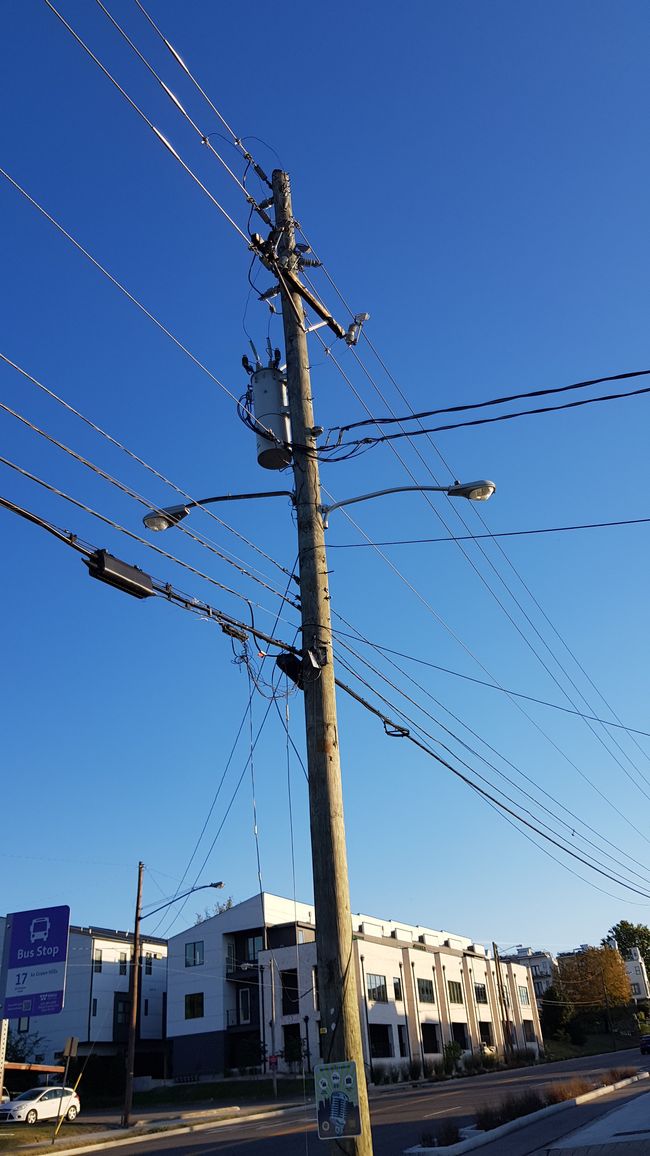
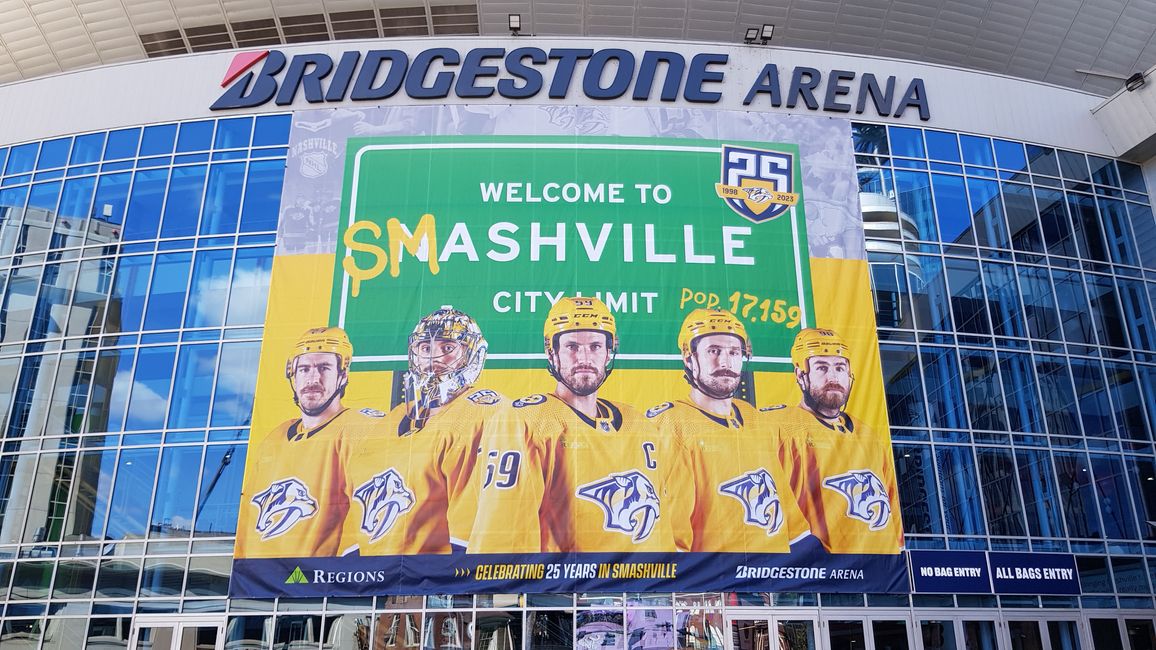
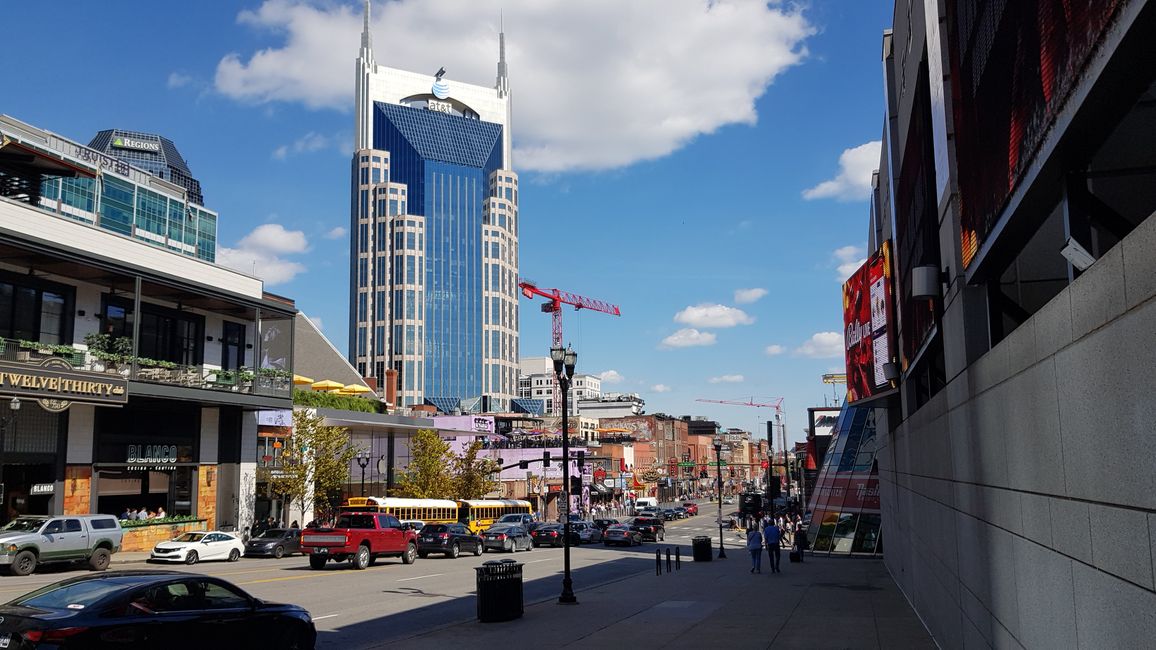
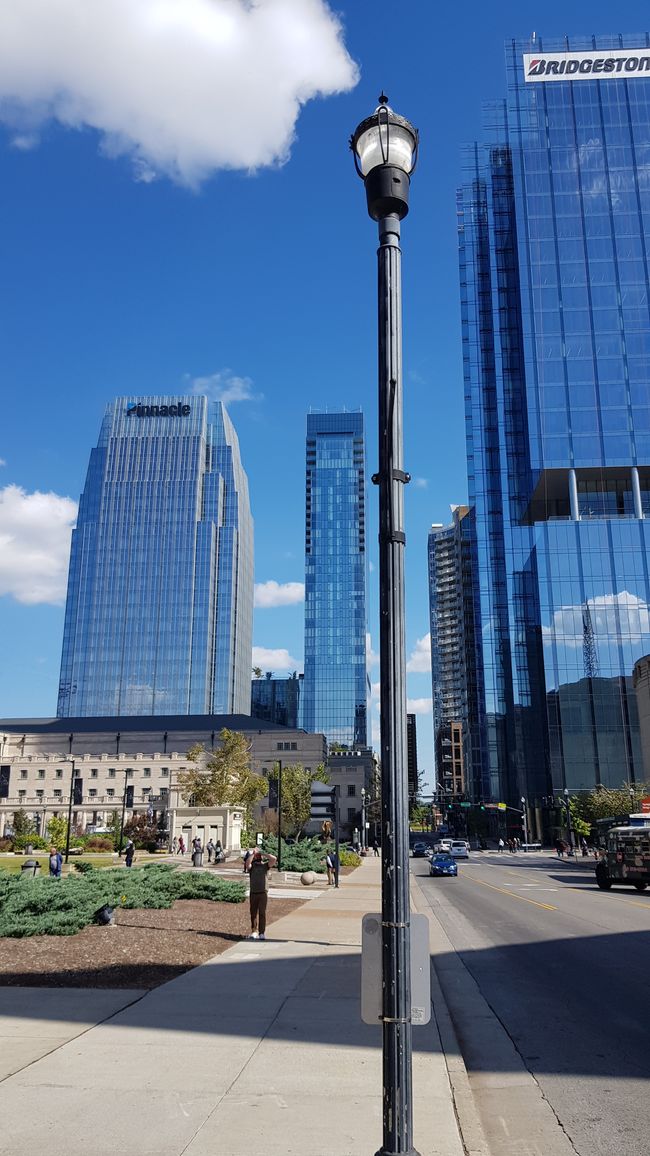
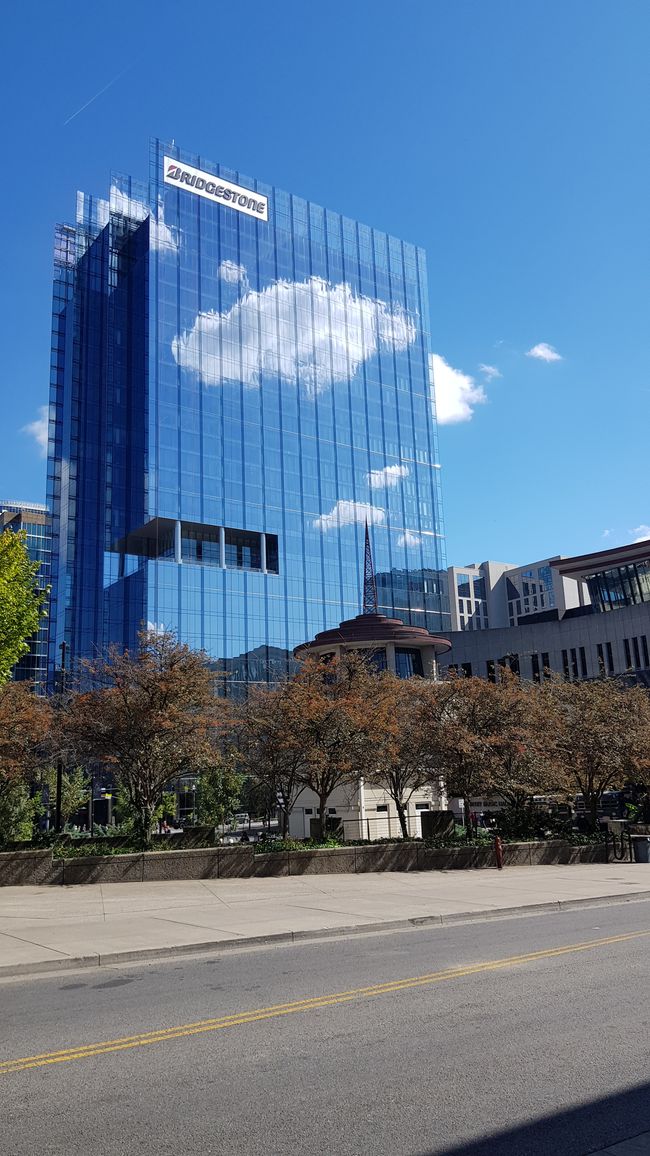
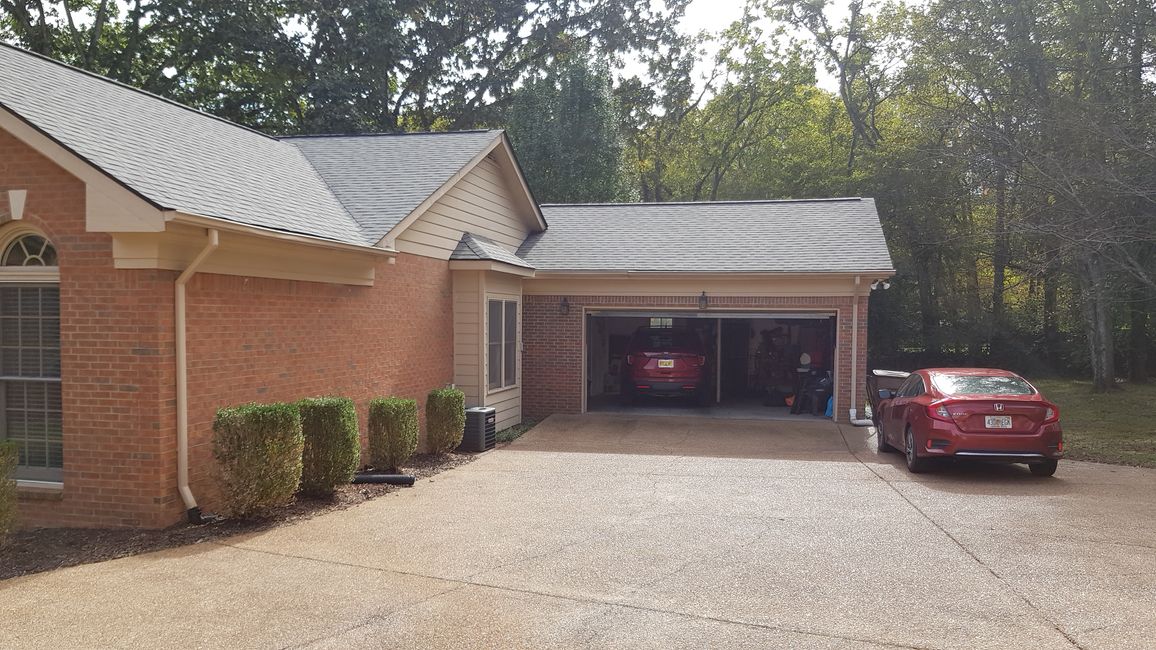
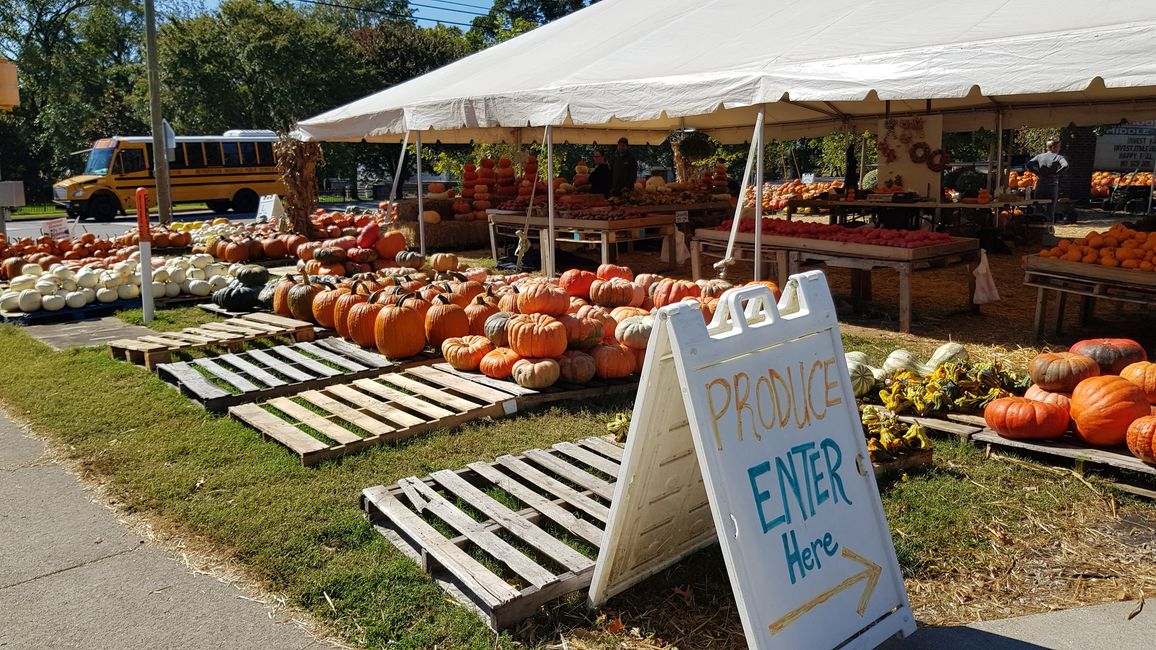
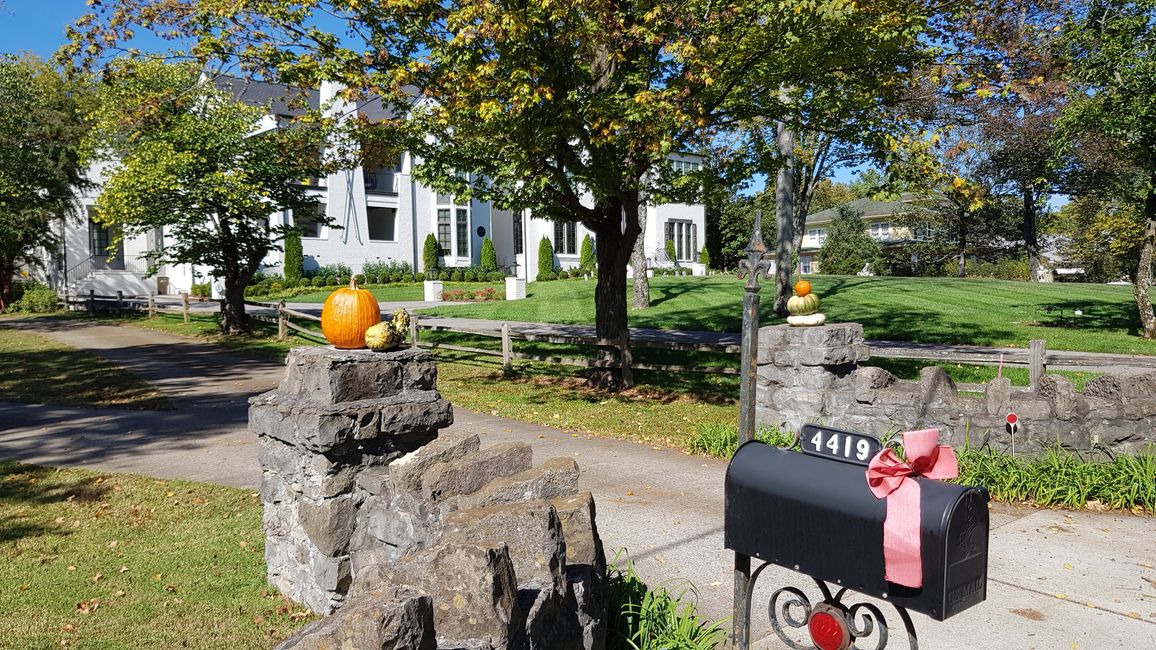
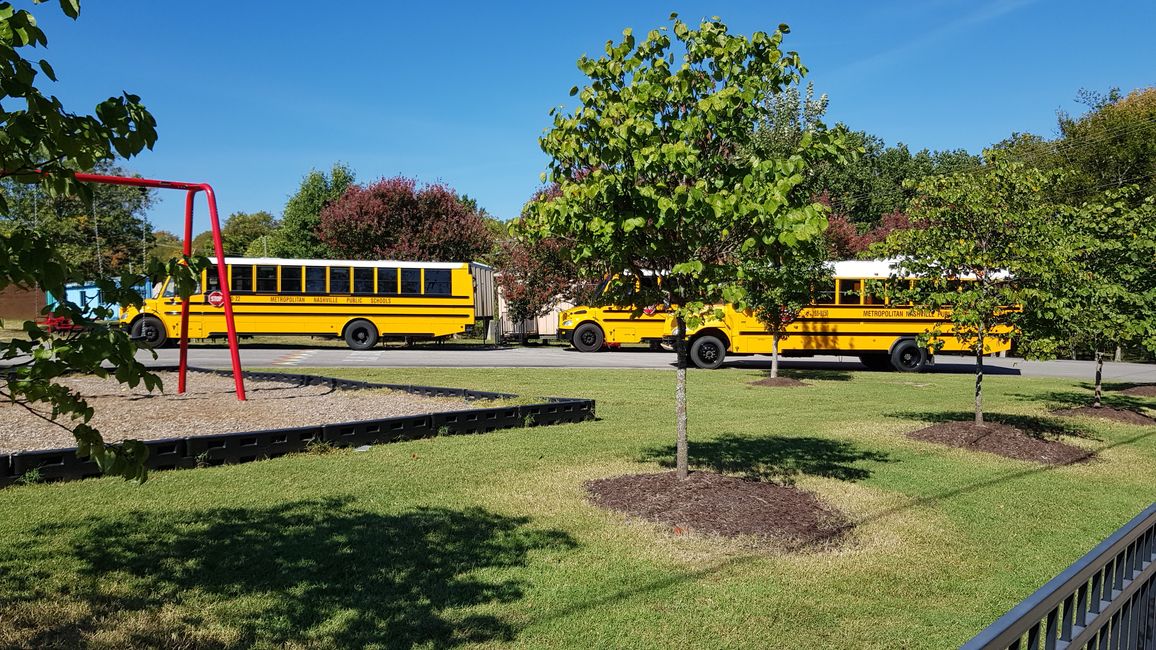
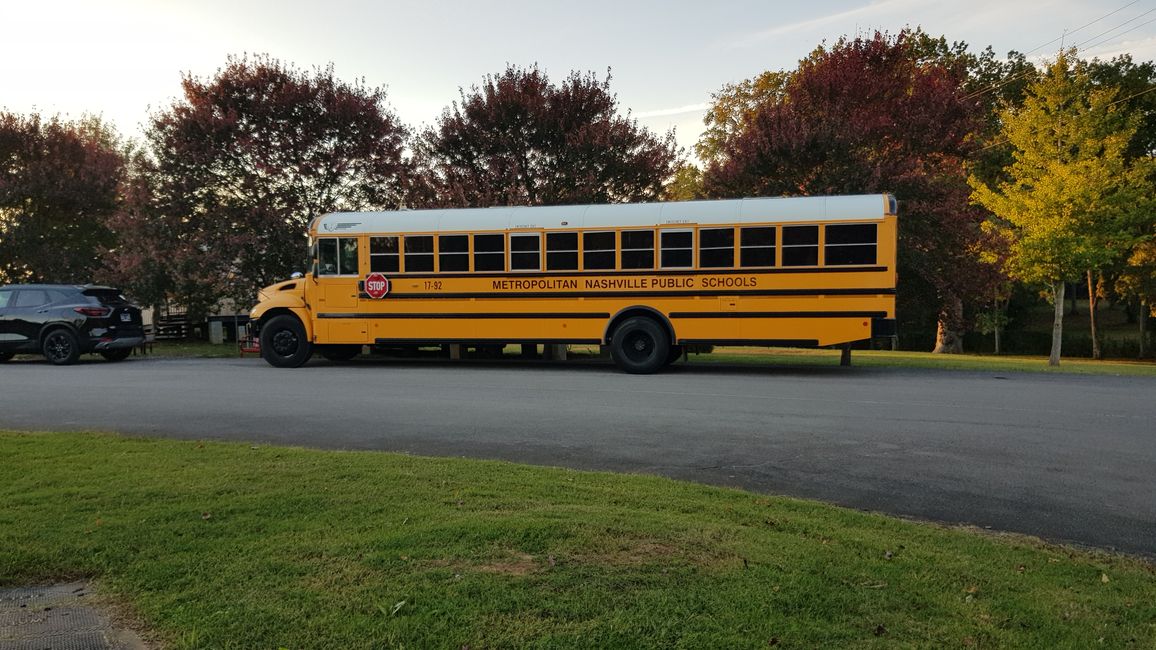
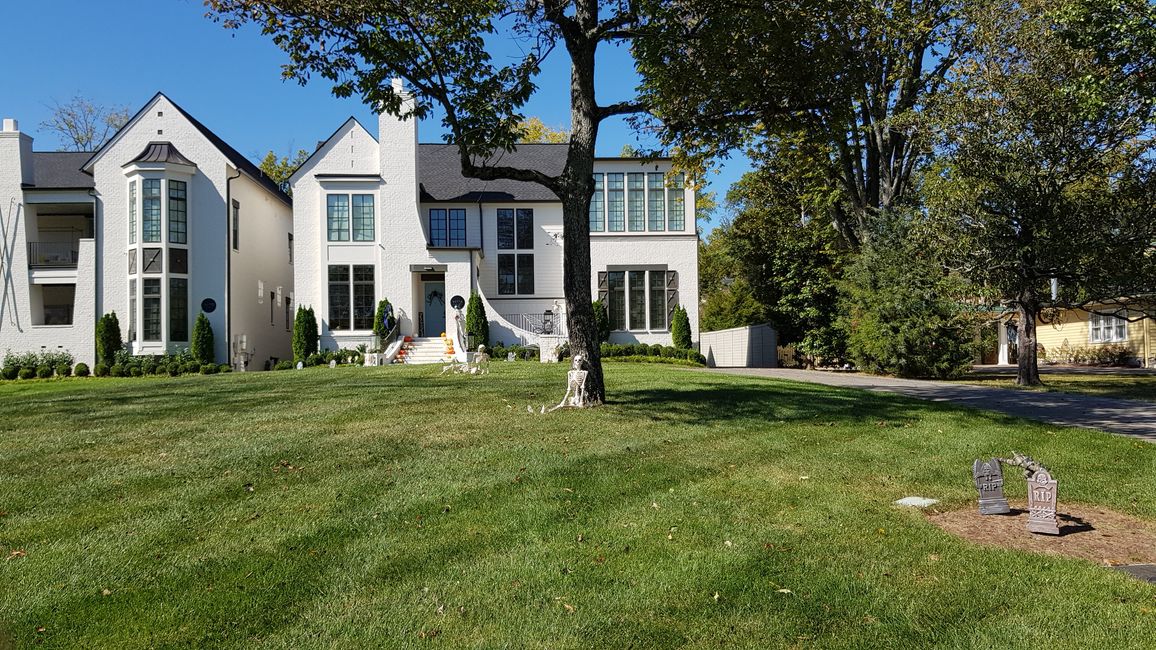
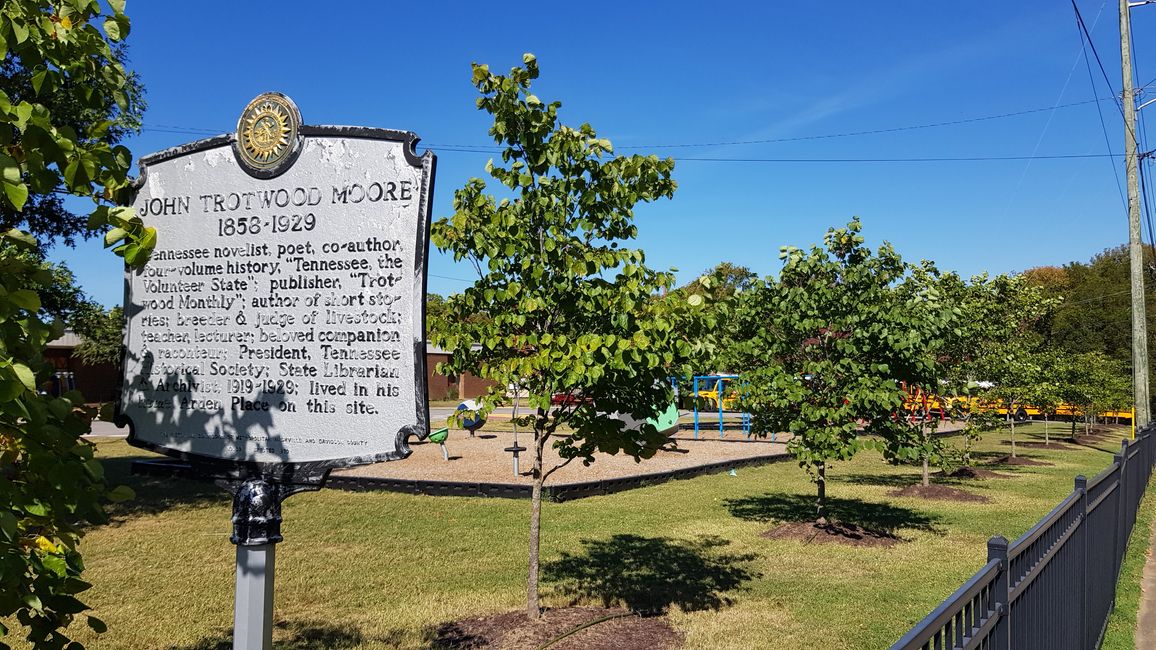
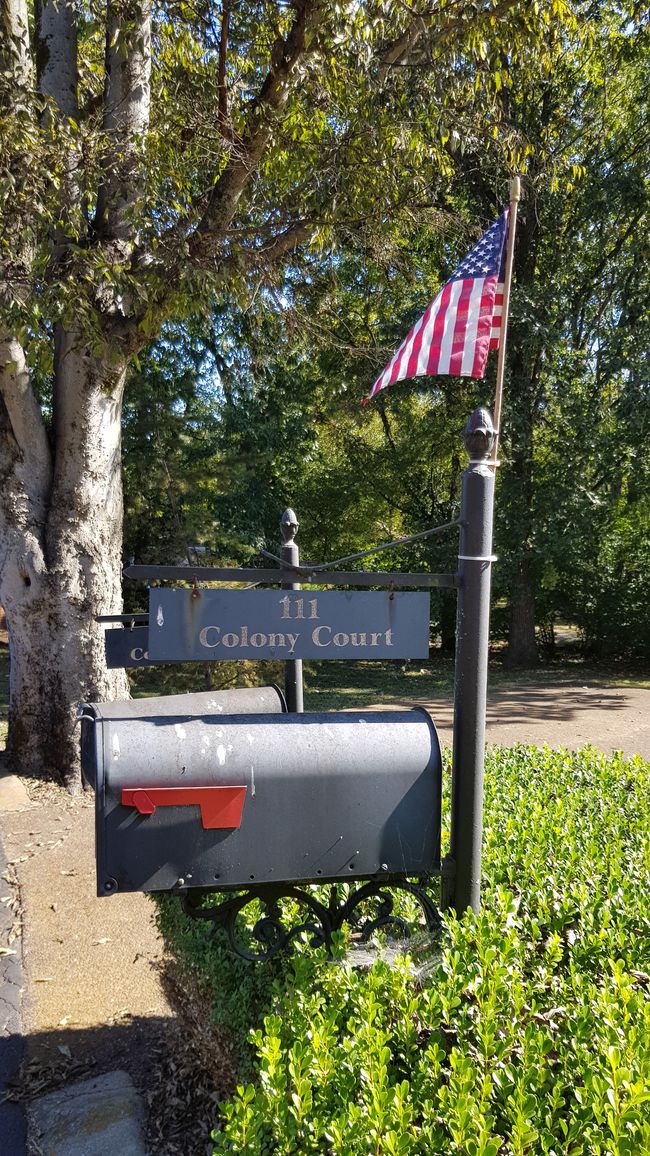
Jiandikishe kwa Jarida
Nashville is probably a magical attraction for many musicians. And as is so often the case in the USA, opinions differ here...
Founded just two hundred and fifty years ago, the relatively young city with almost 700,000 inhabitants is the capital of the state of Tennessee. Located on the Cumberland River, the downtown area in particular is occupied by countless skyscrapers and crossed by three highways. In addition to many large and well-known companies and universities, the music industry is also represented in many areas. That’s why the city is also called “Music City”. The southwest of the city (where my Airbnb accommodation is located) is strikingly beautiful. There are many single-family homes with spacious gardens and old trees; everything was very well maintained, clean and not very metropolitan.
Ryman Auditorium
Nashville is particularly known as the “home of country music”. The Ryman Auditorium is a historic event hall where a number of concerts still take place today (e.g. Pat Metheny, Nick Cave were here in October). The “Grand Ole Opry,” probably the longest-running radio show in the world, was also based here from 1943 to 1974. And of course Bill Monroe was also a frequent guest here.
National Museum of African American Music
The relatively young “National Museum of African American Music” shows the different musical styles that were developed by African slaves in North America (here just a selection: gospel, ragtime, soul, blues, funk, R'n'B, jazz, hip hop, rap). The fact that the most diverse developments of musical styles influenced each other, regardless of skin color, is shown in a few (few) places. Luckily, in addition to lots of texts to read, there is also a lot of music to listen to. This is also interactive (if you take the time).
Johnny Cash
From the Johnny Cash Museum I just look at the souvenir shop - it's amazing what the “Cash” brand can do. There are even still autographed records, books and CDs (for a lot of money). I'm not spending any money here - the best way to listen to Johnny Cash's music is to maybe even see the film "I Walk the Line" or, what I found impressive, read the autobiography "Cash".
Carter Vintage Guitars
What particularly stood out for me was the visit to “Carter Vintage Guitars”. I have known this business for a long time through the “Mandolincafe” site. Mandolins are often offered for sale on the site. And so I have the pleasure of being able to play some great instruments. What's great is that almost all instruments are ready to play and even tuned. Several old Martin guitars stand next to each other. It's amazing how different they sound, even though they're the same instruments. The most impressive is the Monteleone Arch Top guitar “Radio Flyer” from 1993. What a great sound. A long sustain, very balanced, great playability. Unfortunately, at $135,000, it's also a proud price. When I ask what the most expensive instrument is, the young, well-informed employee shows me a 1959 Gibson Les Paul for $450,000... I also play some Gibson L-5 guitars from the 1930s. Here, too, there are clear differences in sound and proud prices. Of course I also have to play some mandolins. First, a 1980 Monteleone Grand Artist 10-String for $25,000. But, the low C string doesn't sound special - some 10-string Brazilian bandolims sound better. The very eye-catching Italian Giacometti J5 mandolins are represented here several times and sound great. And then there are two F-5 mandolins designed by Lloyd Loar. Great instruments, both have 29 (!) frets for the high strings and are easy to play and sound excellent. But $130,000 is no small feat.
Downtown
In “Downtown” Nashville you can hear live music in countless places during the day and especially in the evening. A band is offered on each of four floors - admission is free. For many guests, it is mandatory to wear a cowboy hat and/or cowboy boots when visiting Nashville. And so a number of shops offer corresponding outfits (also many other, mostly very colorful items of clothing or souvenirs). Most music can probably be described as pop, rock or country music. And - not unimportantly - bachelor parties always parade through the streets in large cars or buses. This is obviously also an economic sector for the city. Both in the hustle and bustle of socializing and away from it, the many poor and especially homeless people are noticeable. I have never noticed so much misery and neglect in any big city before.
Traffic in Nashville
In addition to the already mentioned highways through the middle of the city, there is also a railway line. However, this is only intended for freight trains. The former train station, the “Union Station” is now a luxury hotel. There are cycle paths in many areas of the (inner) city, some with markings on the roadways and some with specially demarcated structures. There are also many places where you can rent bicycles and e-scooters. What is noticeable, however, is that despite the good weather there are hardly any cyclists on the road. I take the bus (WeGo, line 17) from my accommodation to the city center and back home several times. This works smoothly throughout, but the buses are a bit rustic in their furnishings. In addition, a number of very poor people and many black people also take the bus. One afternoon, however, after school ended, I was riding on the bus with a whole bunch of school children. Also exciting. Many of the children have their musical instruments (flutes, saxophones, but also violins) with them.
Jiandikishe kwa Jarida
Jibu
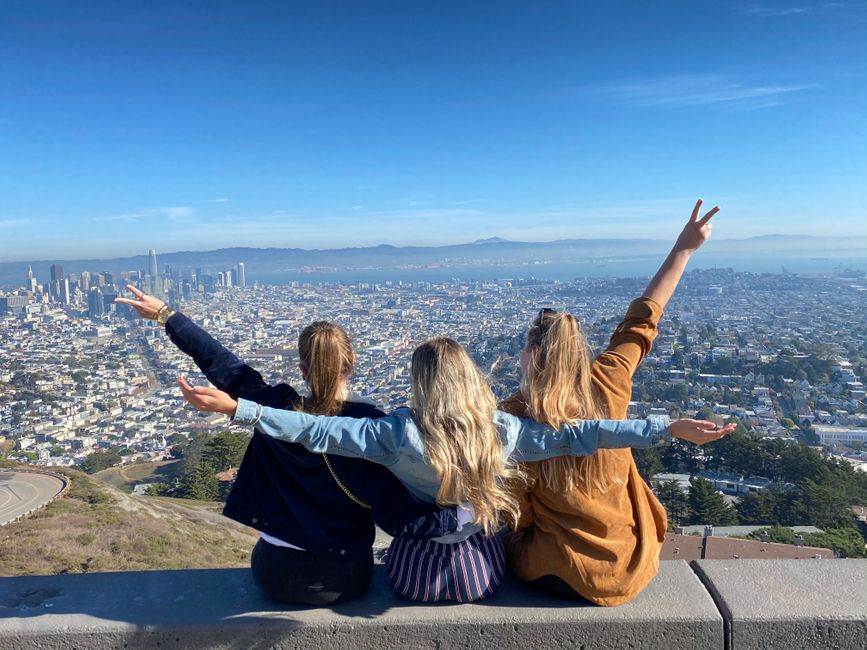
Ripoti za usafiri Marekani

